When she was 14 years old, Olive Oatman was kidnapped by a tribe of Native Indians. She and her younger sister were enslaved and a year later traded to a Mohave tribe.
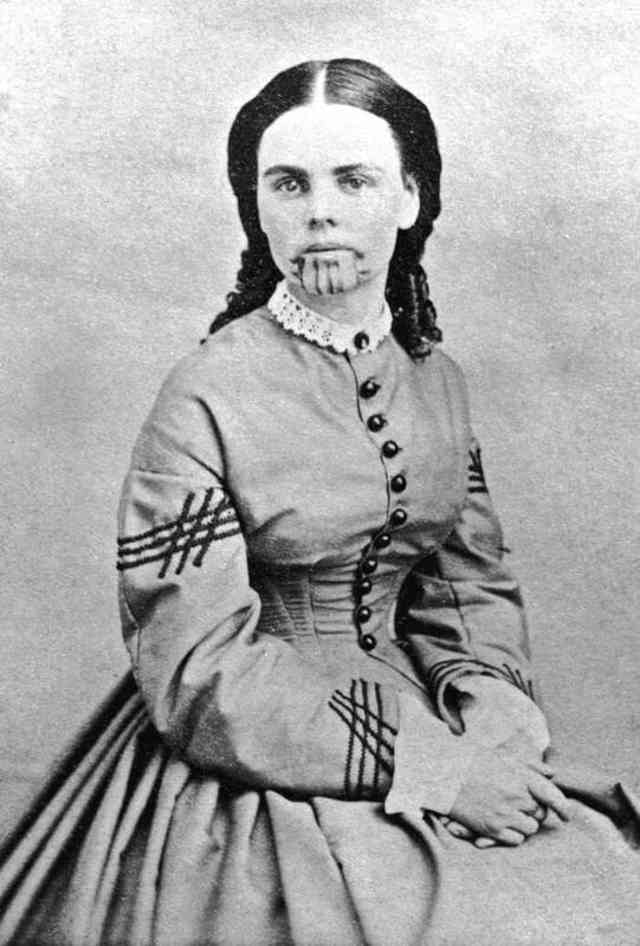
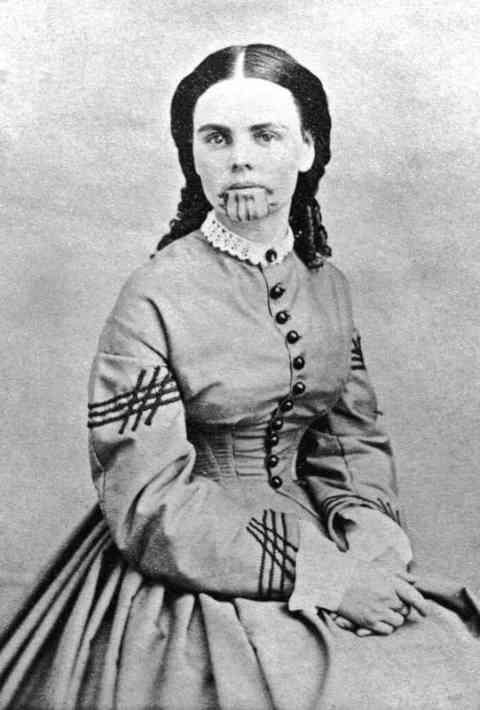
Both sisters were tattooed on the chin but sadly her sister passed away before being rescued.
Born in 1840, Bloody Bill became the leader of the gang, Quantrill’s Raiders. During the Civil War he had a lot of pent up rage and slaughtered Union soldiers whenever he could.
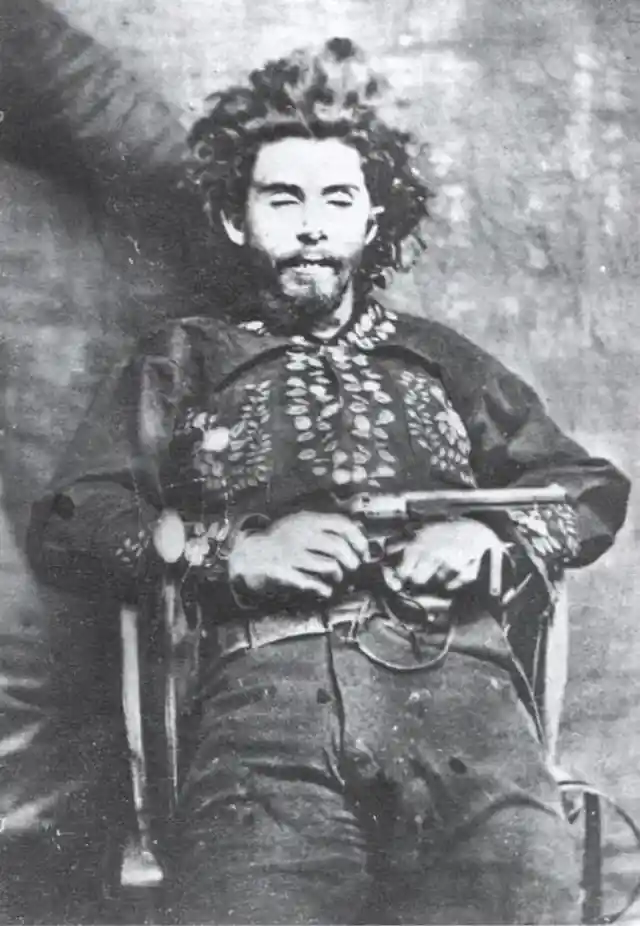
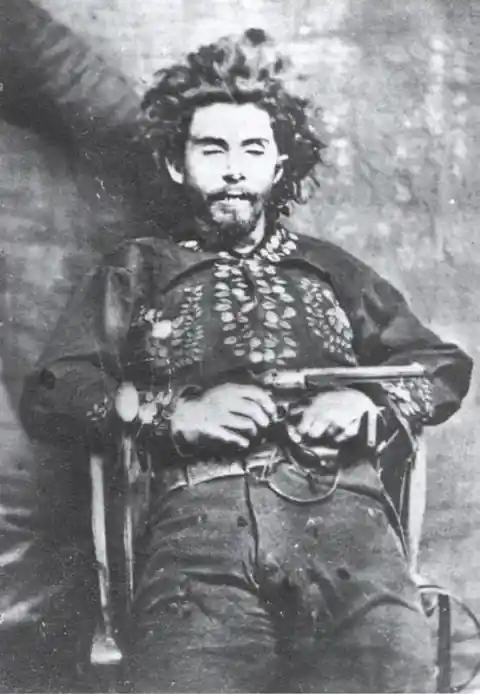
On one occasion, he killed 20 soldiers with his gang and then massacred another 100.
Among the many Apache indians dressed in ceremonial pieces, are the Apache spirit dancers. This freaky looking costume and headpiece is their form of storytelling and healing from the "Mountain Spirits".
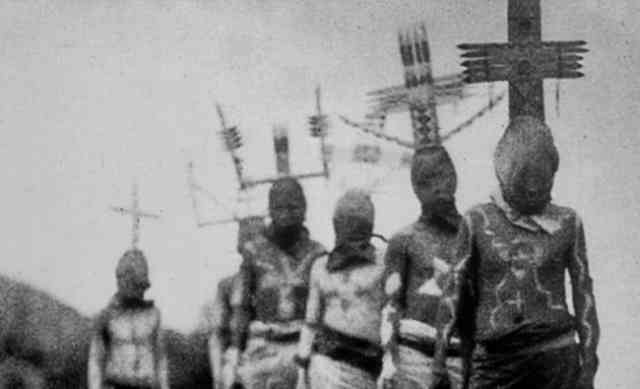
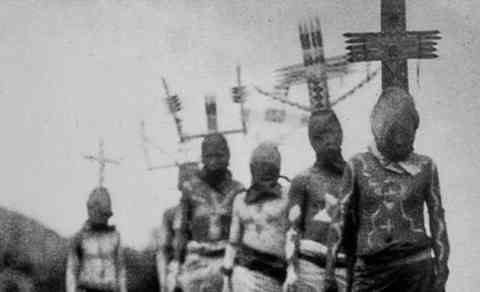
The photo was taken in 1887, but the Apache mountain spirit dancers live on through tradition.
One of the earliest forms of photography was called ambrotype. It was used for about 10 years before tintype became more popular.
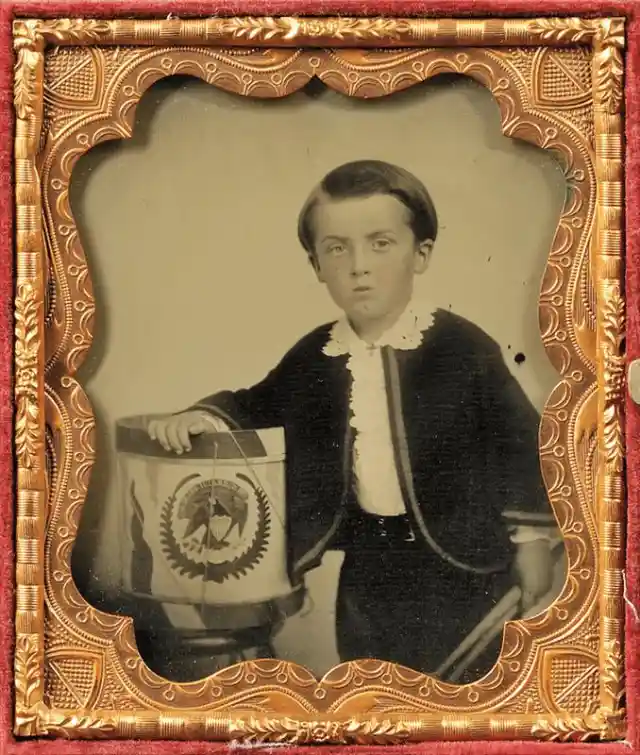
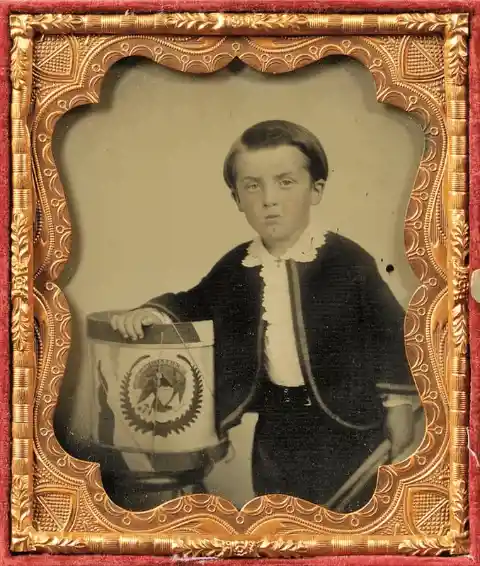
Ambrotype was done on glass.
Bison were hunted so much in the 19th century solely for their skins, that they were almost to the point of extinction.
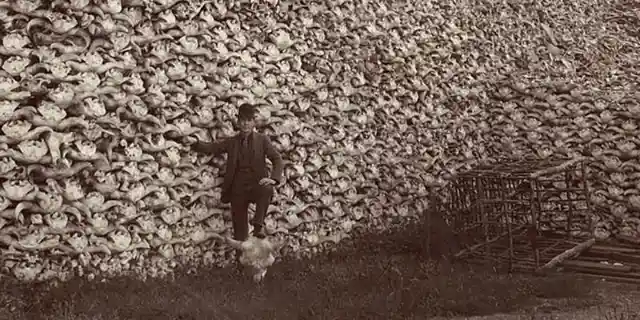
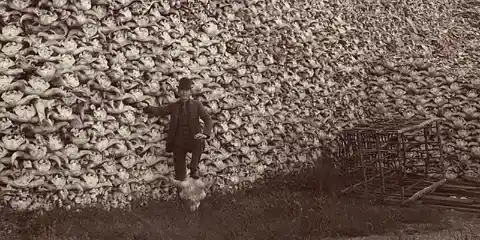
This photo taken in 1882 shows just a small portion of the skulls gathered, the remaining bones were left to decay on the ground.
This old west saloon in Michigan looks just like one of today’s many bars. That’s because the general layout of saloons and bars has not changed much in the 150 years since.
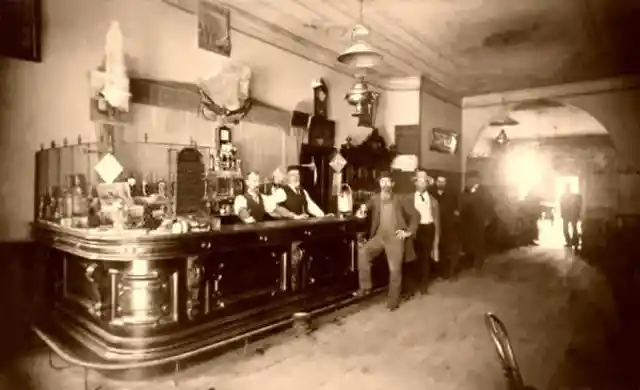
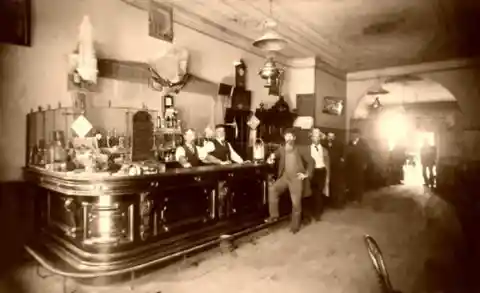
There’s a counter with a bartender who sells alcohol. A perfect combination.
Captured by Frank G. Carpenter in the 1890s, this Eskimo Medicine Man was told to be exorcising "evil spirits" from a sick boy in Alaska.
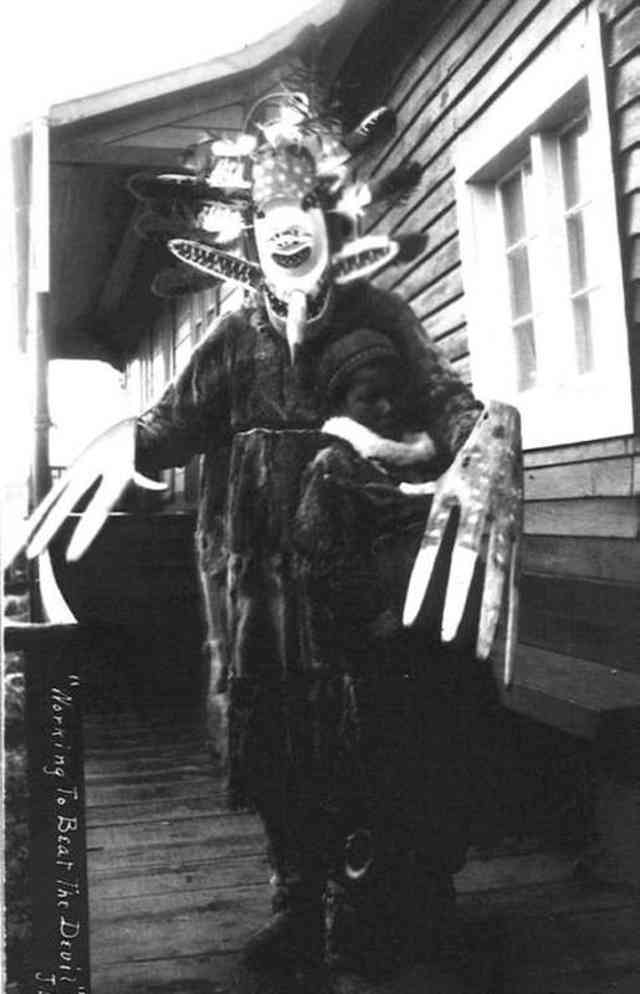
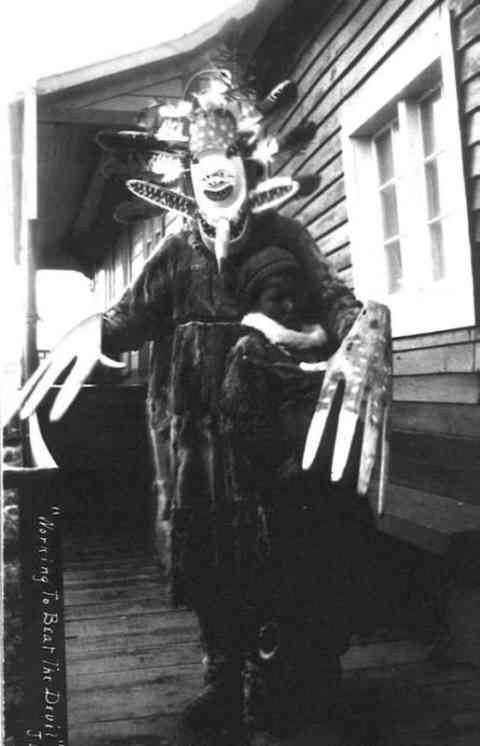
Looks like the treatment is scarier than the disease!
One of the most famous female outlaws in the wild west was Belle Starr. Her real name was Myra Maybelle Shirley Reed Starr and her family called her May.
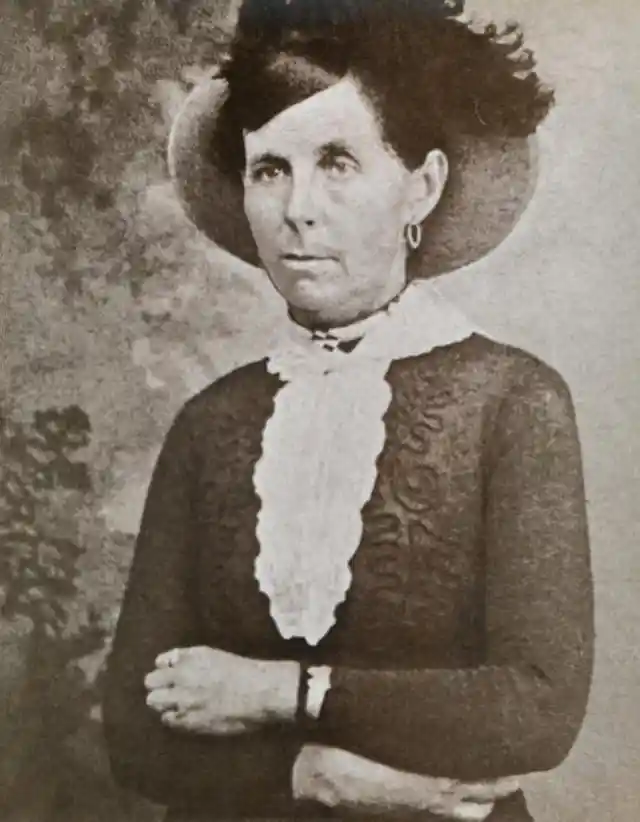
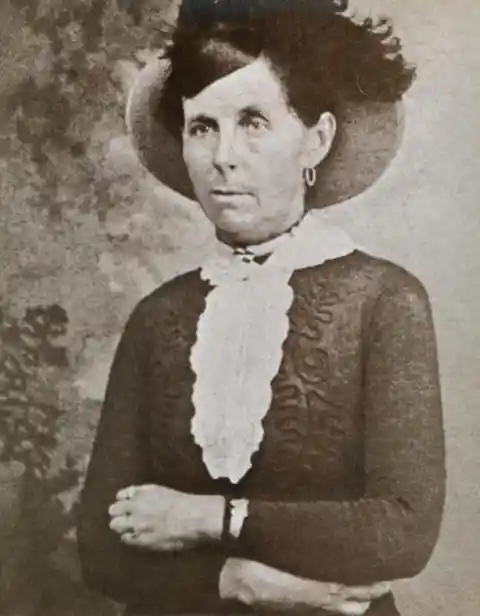
She rode sidesaddle with two pistols and was killed in 1889. Her murder is unsolved to this day.
Wild Bill Hickock might have been the fastest gun in the west. Legend has it that he killed over 100 people.
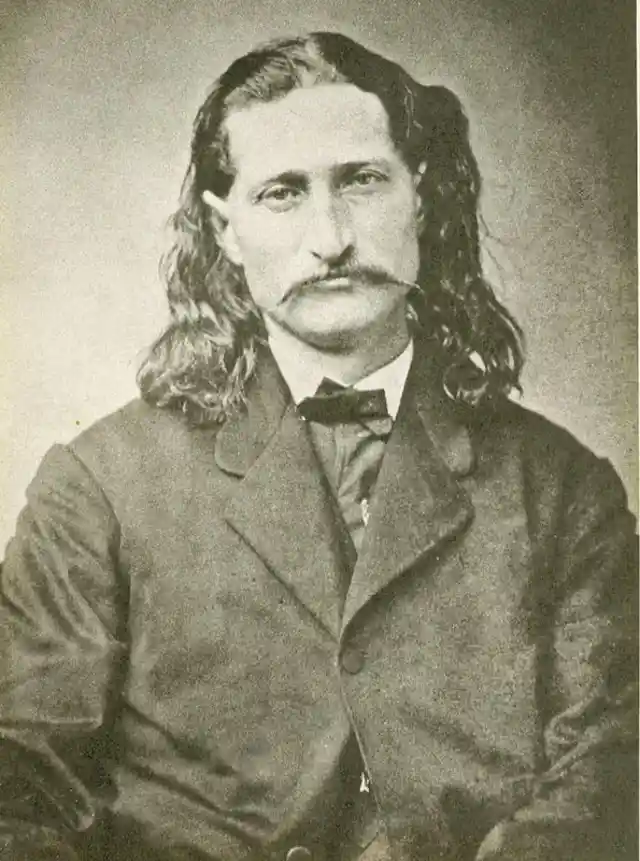
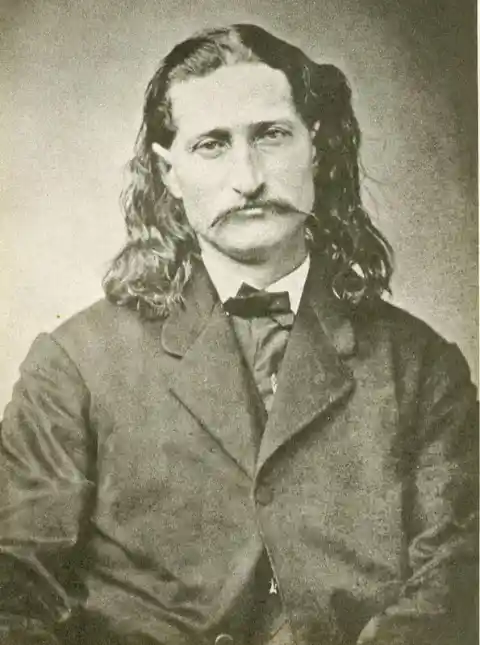
Bill was not happy when this count gave him the reputation of being a killer. He was responsible for exaggerating his kill count when in reality, he killed only about 10 men.
Native Americans had a special name for any Black American who served in the U.S. Army: Buffalo Soldier. You might remember the term from Bob Marley’s song.
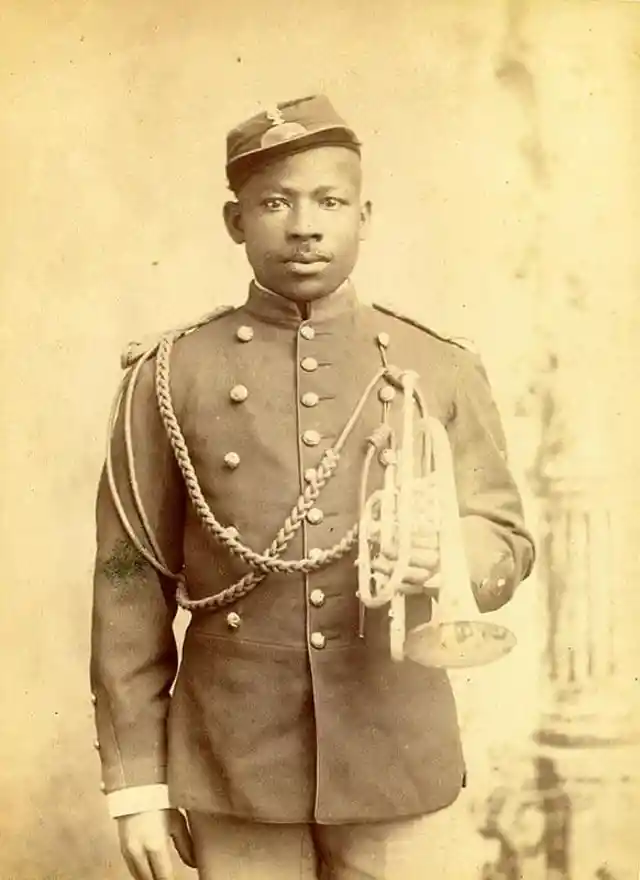
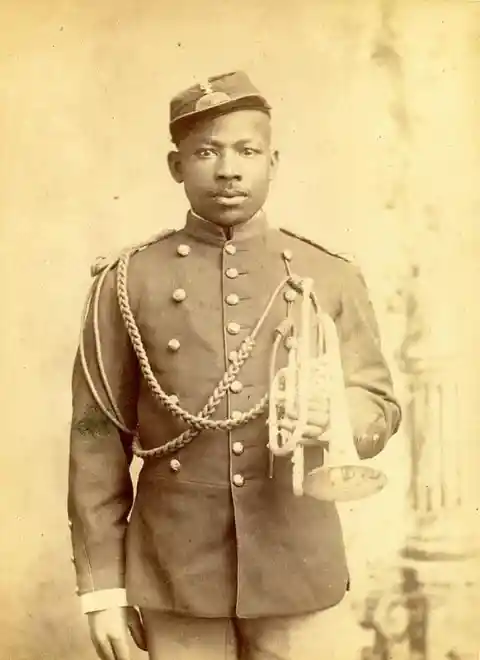
In 2005, the final living Buffalo Soldier passed away. He was 111 years old.
Wyatt Earp is photographed with his friend Bat Masterson. Wyatt is known for his role in the gunfight at the O.K.
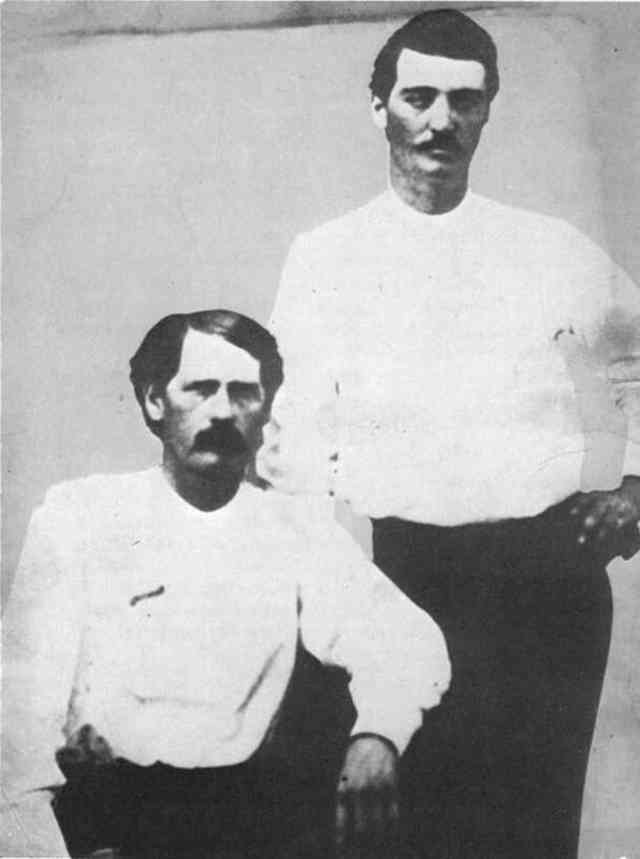
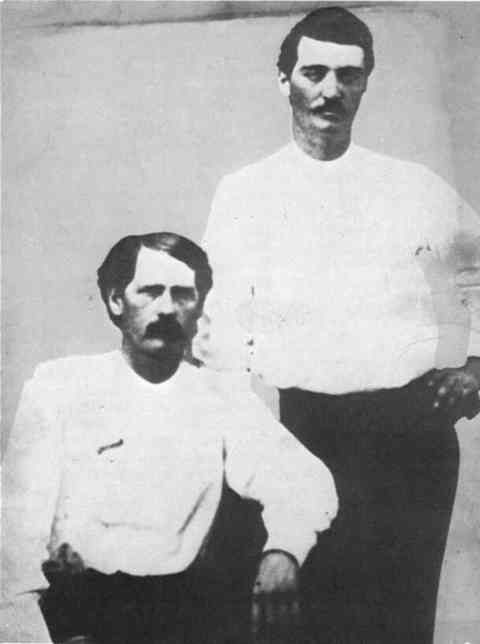
Corral where he along with his brothers Morgan and Virgil, as well as his friend, Doc Holliday, squared off against four outlaws.
Ned Christie, the Cherokee statesman is most noted for clashing with the U.S. lawmen. It all started when he was accused for murdering a U.S.
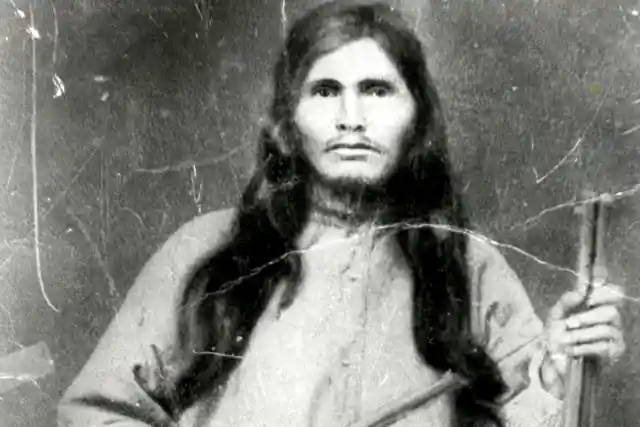
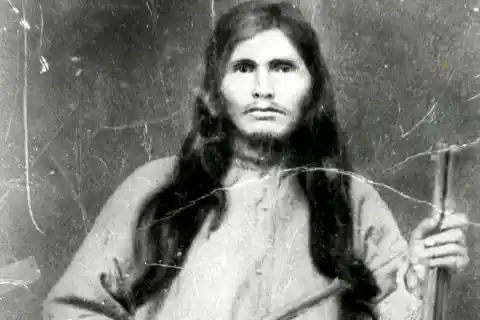
Marshal in 1887. This lead to what was called the "Ned Christie's War." Two years later, the U.S. law enforcement burned down his home, he escaped but was shortly killed after that.
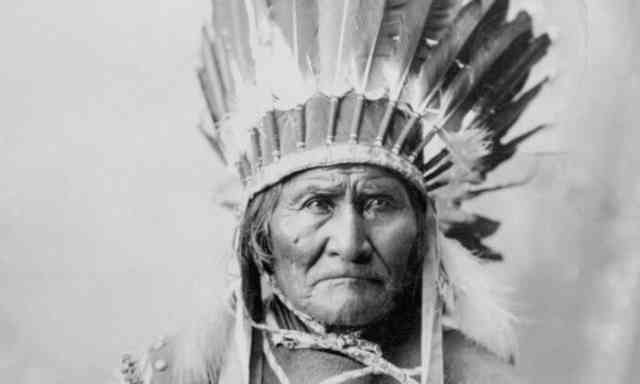
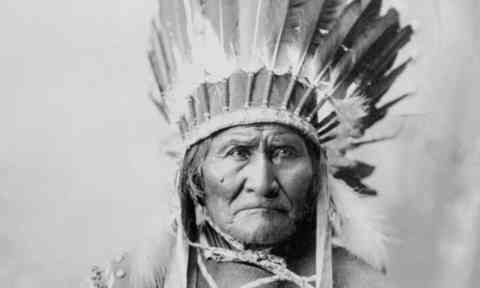
Geronimo was the leader of the Apaches and united a number of Native tribes against their American and Mexican enemies.
In the late 1800s, you could make a lot of money mining gold, silver or copper.
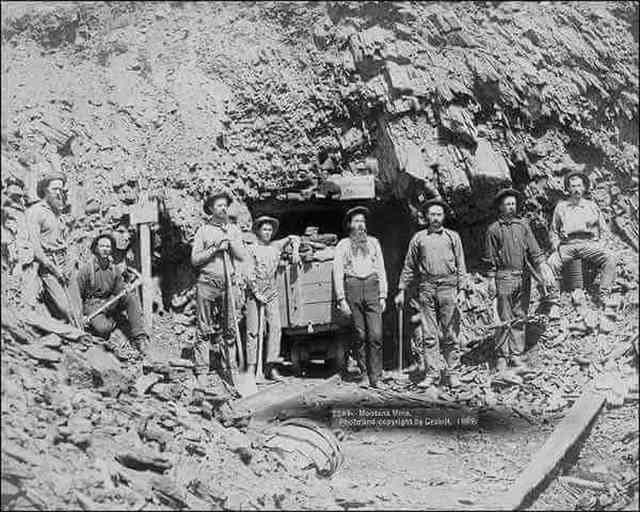
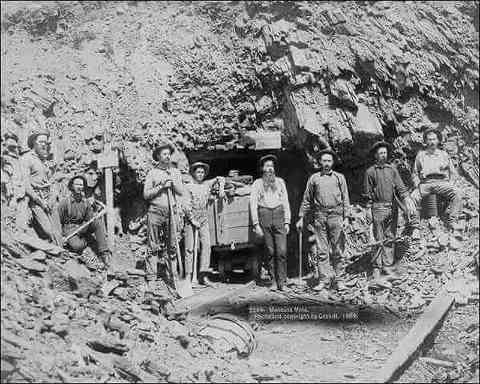
Owning the mine netted you the biggest profits, but the miners themselves also made out big.
Guns were an integral part of survival in the wild west and everyone had one. Since photographs were a relatively new invention and very exclusive, many cowboys were filled with pride when they got their photograph taken.
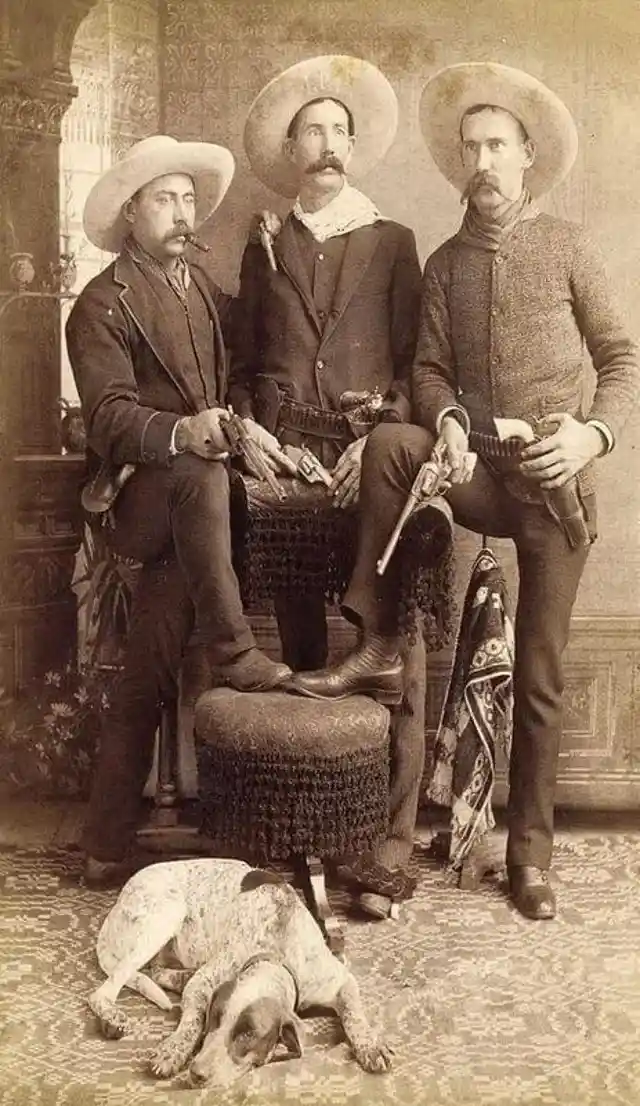
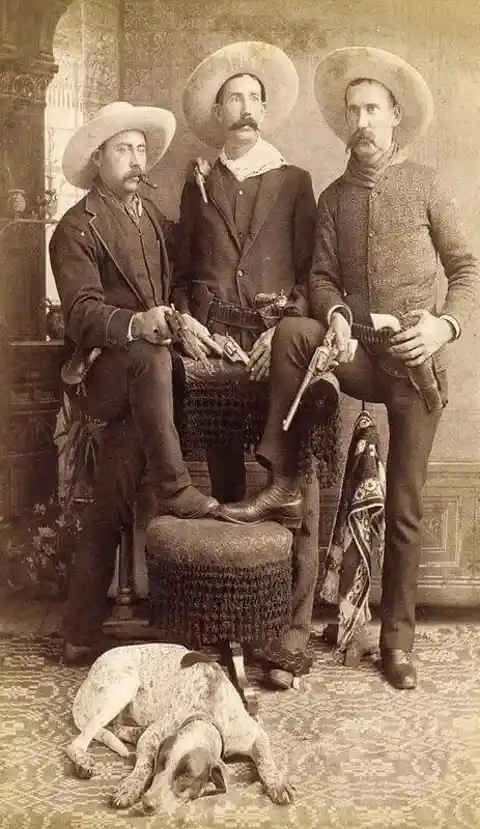
They always wanted to show off their guns in the pictures.
Laura, also known as "Rose of the Wild Bunch" learned the trade from her father who was a bankrobber. This female rebel was remembered for her "rough" looks, and romantic involvement with several outlaws from the Wild Bunch.
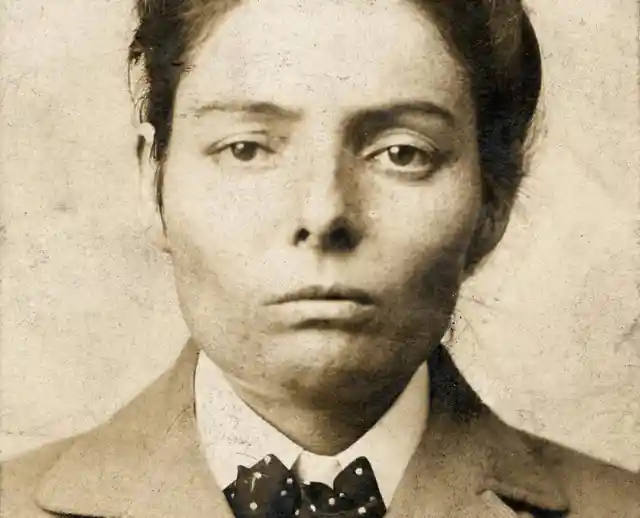
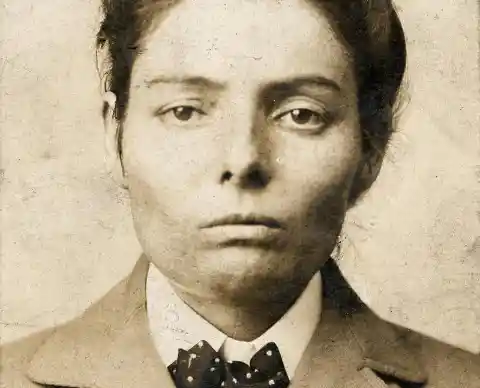
She eventually gave up her life in crime after serving several years in jail.
This is probably one of the eeriest photos we've ever seen, which explains why we couldn't find much history behind it.
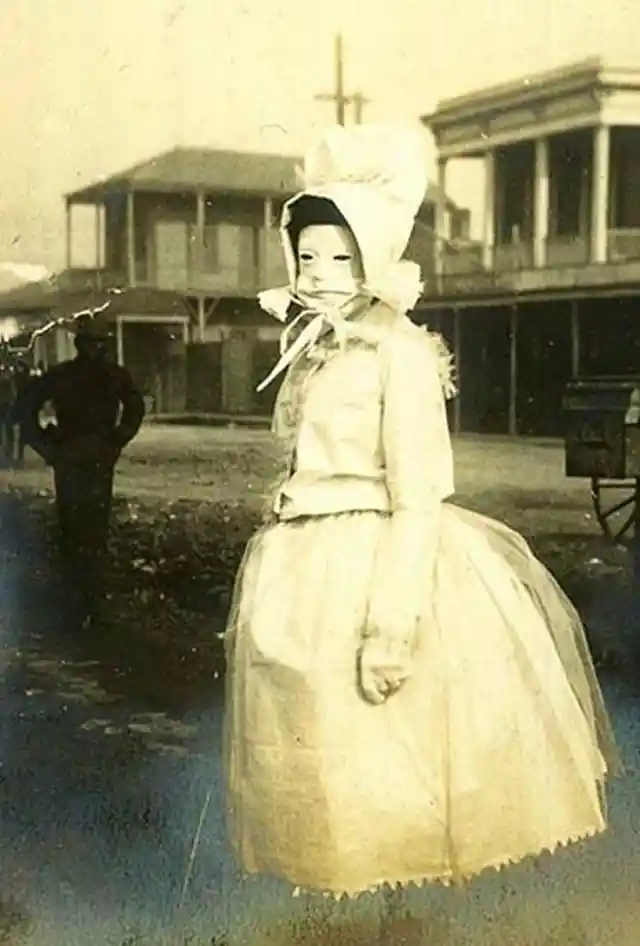
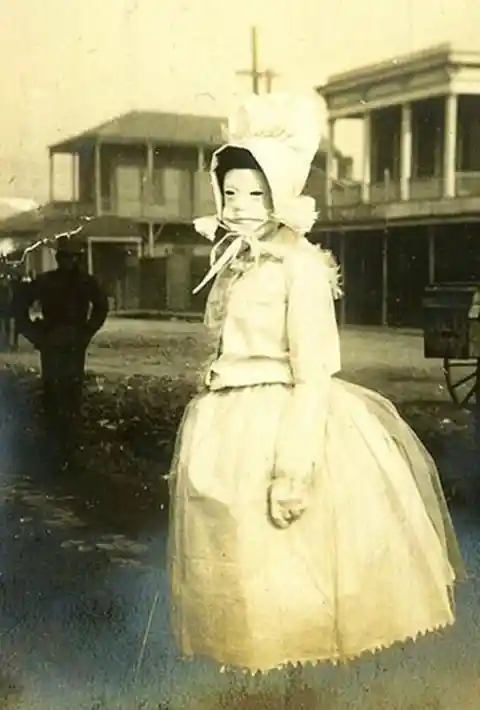
The date of the photo is unknown, but we know one things' for sure: this is the creepiest "westworld host" we've ever seen!
Rufus Buck started a short-lived, but deadly, gang made up of part-Creek Indians and African-Americans. They killed some people, robbed, raped and were eventually captured.
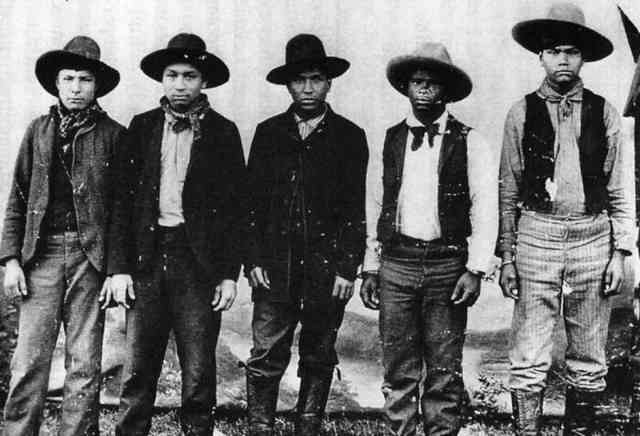
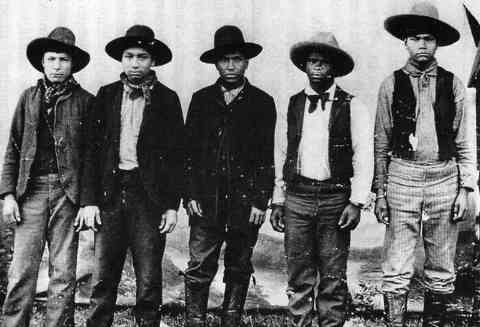
They were sentenced to death.
Two Oglala Lakota Natives, known as Elk and Black Elk, were part of Buffalo Bill’s Wild West show.
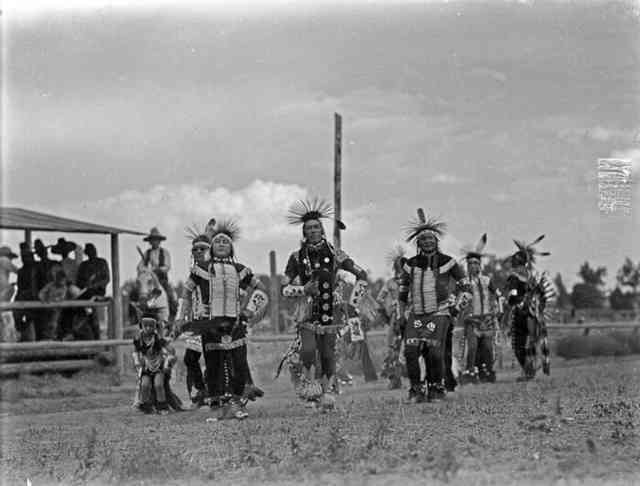
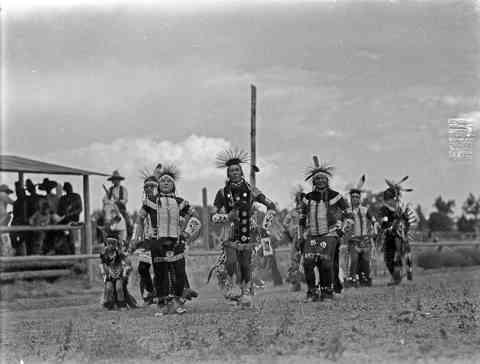
They traveled all around the world with the show and were famous for dancing while wearing shells and bells.
When the name Jesse James comes to mind, most people think of an unstoppable outlaw who would go to great lengths to follow through with a crime. The last thing you probably think of is a husband or father.
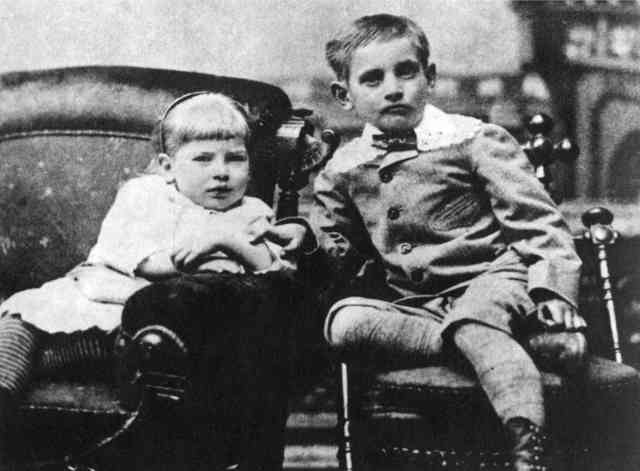
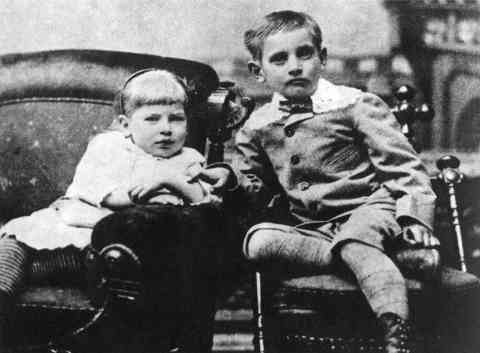
Turns out, this dangerous outlaw had another side to him that was kind of "soft." Here are his two children, Jesse Jr. of course, and daughter Mary in the early 1880s.
This rare photo of Jesse James was taken on July 10th, 1864 in his home town of Missouri when he was just 16-years-old. We don't know if there was anything significant about that specific date, but what we do know is this is just one year after his family was attacked in their home by union soldiers seeking information.
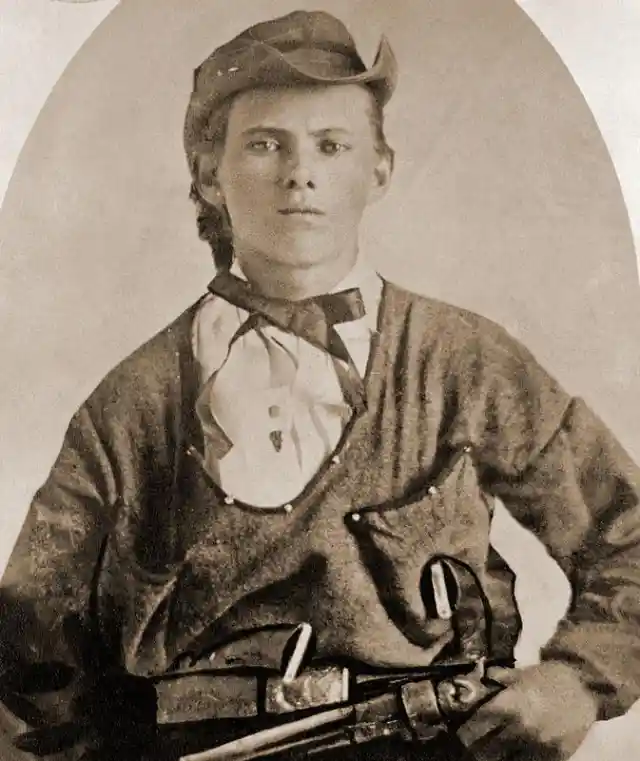
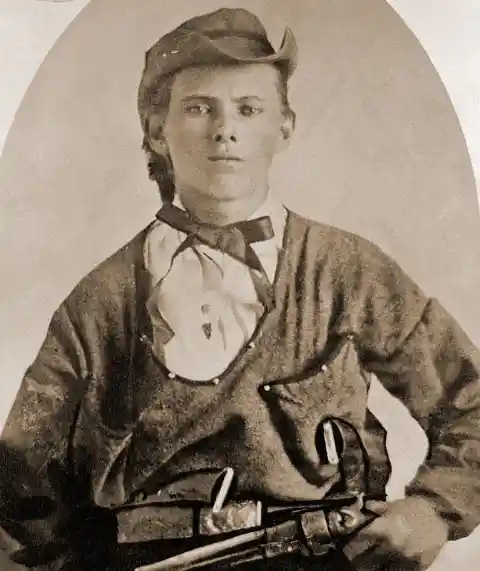
Many believe this incident is what lead Jesse to join the confederate guerillas.
Buffalo Bill’s biggest attraction was his cowboys and their gun fight re-enactments. The best cowboy sharpshooters made it into the show.
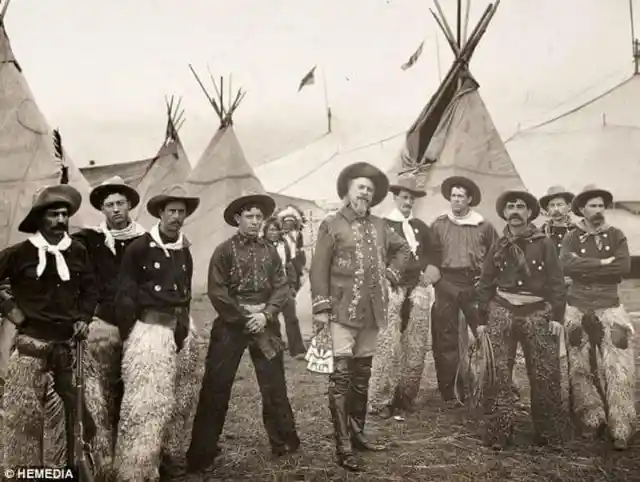
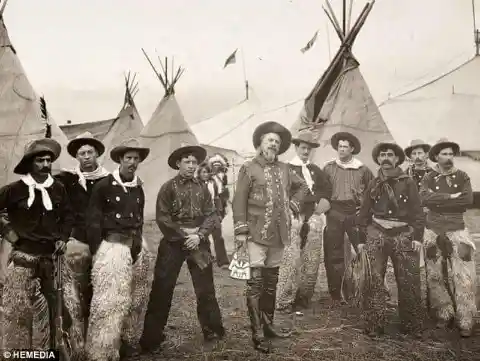
They had to pass an audition to prove their skill. They show paid them very well so they never had to worry about financial problems.
There were quite a few female gunslingers and outlaws back in the old Wild West. Big Nose Kate, for example, wasn’t only famed outlaw Doc Holliday’s wife, she also helped him escape from jail by setting the jail on fire.
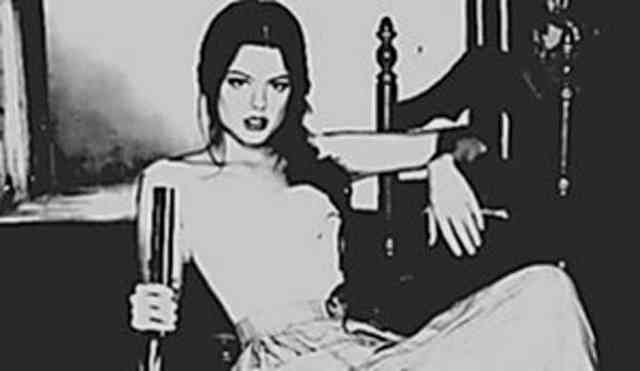
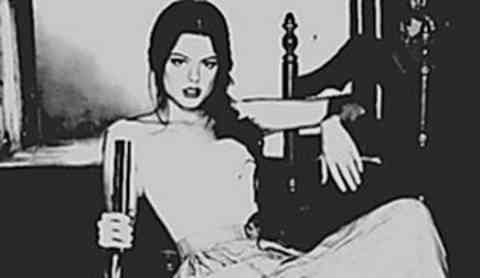
The women back then had to be rebellious in nature.
Rose Dunn, also known as Rose of Cimarron, fell in love with a wild west bandit named George “Bittercreek” Newcomb after being introduced to him by her brothers.
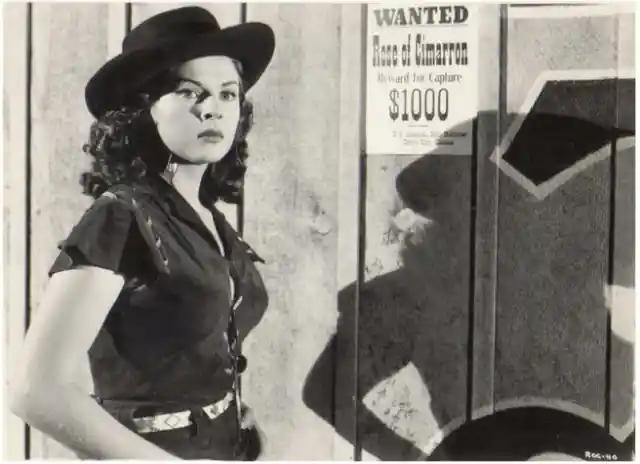
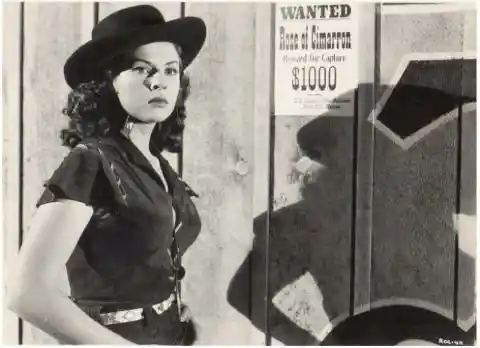
In 1895, George was killed by the brothers after they became bounty hunters.
This 19th-century man, shown in a Kansas City newspaper, is wearing the traditional garb of the wild west.
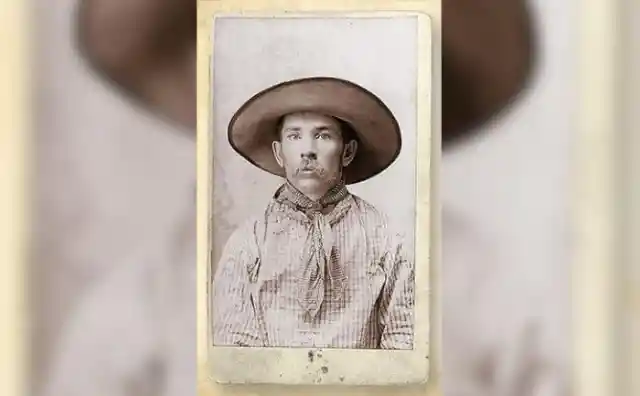
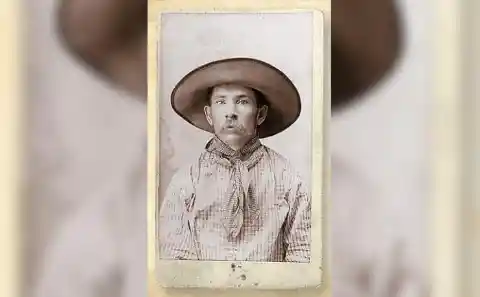
The hat he’s wearing is a Mexican sombrero and was vital to survival in the harsh wild western climate.
Kit Carson was an American frontiersman who helped develop California. He was illiterate and spent a lot of time with Natives. He even married 2 native women.
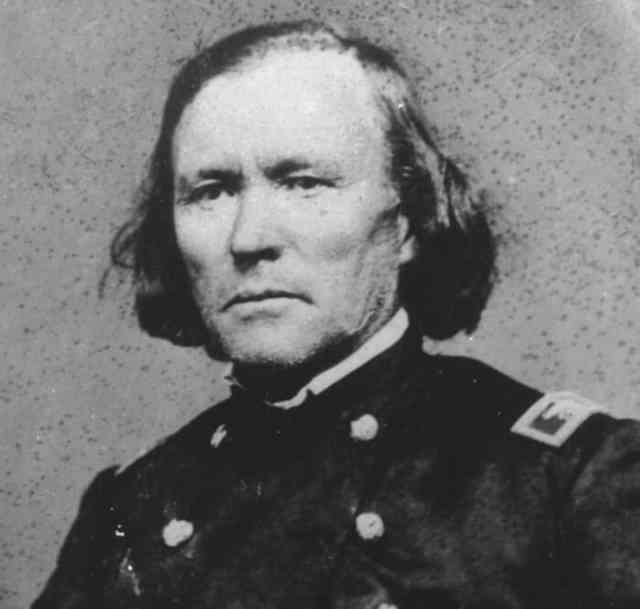
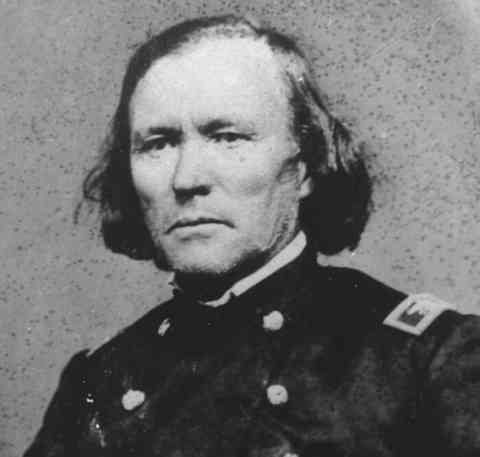
His third wife was Mexican. Kit had a total of 10 children.
General Custer was most famous for losing at the Battle of Little Big Horn.
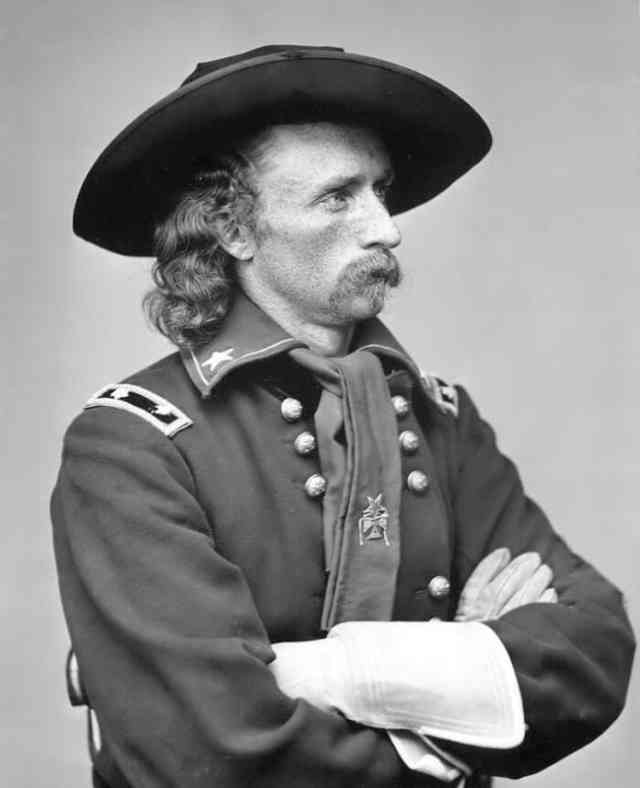
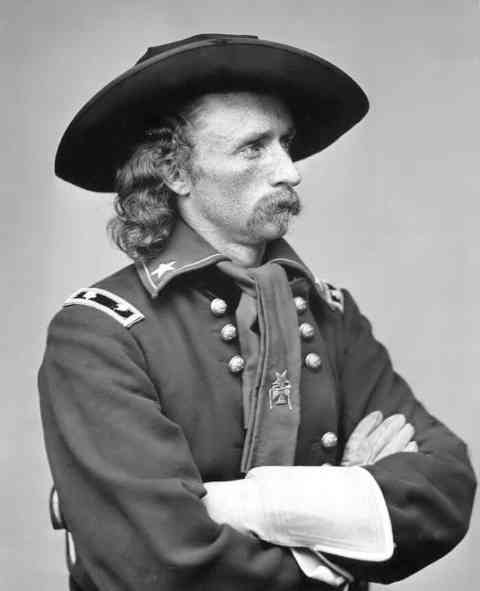
He had risen in the Army ranks during the Civil War and the Indian Wars.
Frustrated for not being paid their wages, the Dalton brothers decided to take matters into their own hands. In 1890, they made the choice to become "outlaws." They managed to stop quite a few trains in the next two years, but their life mission as outlaws came to a halt when they were caught robbing a bank in Kansas of 1892.
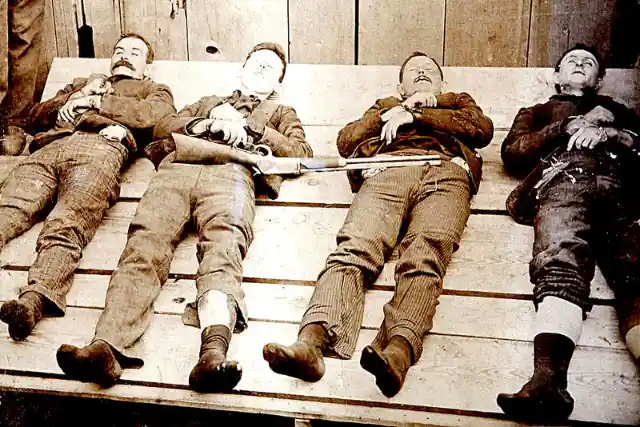
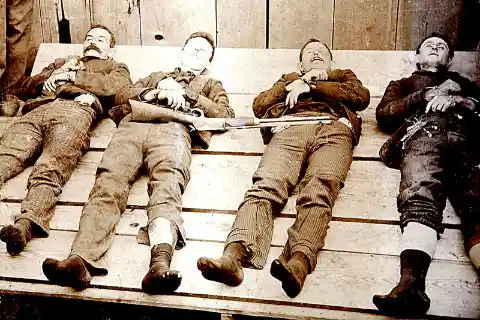
All of the brothers were shot, 2 killed, and the survivor Emmet went on to serve 14 years in jail.
In the late 1800s, photographer John Grabill sent almost 200 pictures to Congress for copyright.
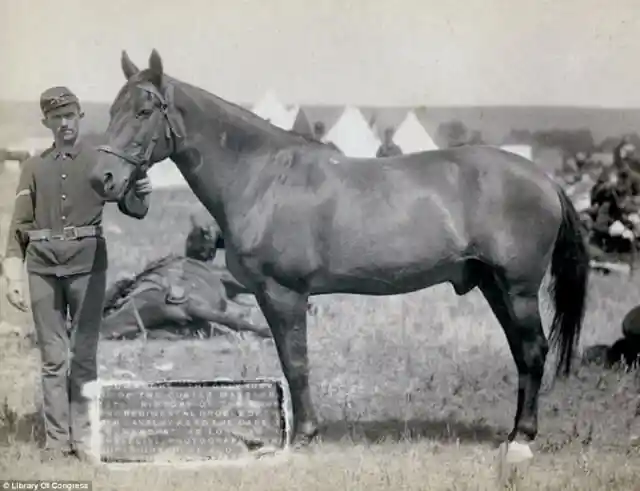
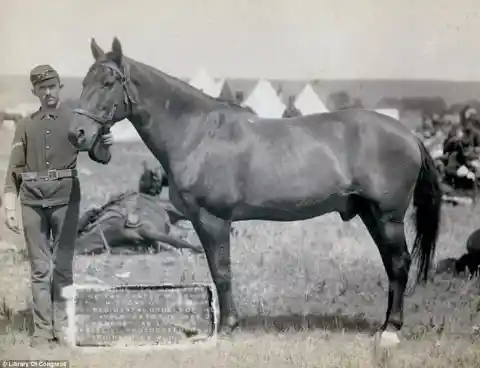
His photos chronicled the development of South Dakota, Wyoming, and Colorado, as well as its effects on the local Natives.
Pearl Hart gained notoriety just before the turn of the 20th century as a female stagecoach robber.
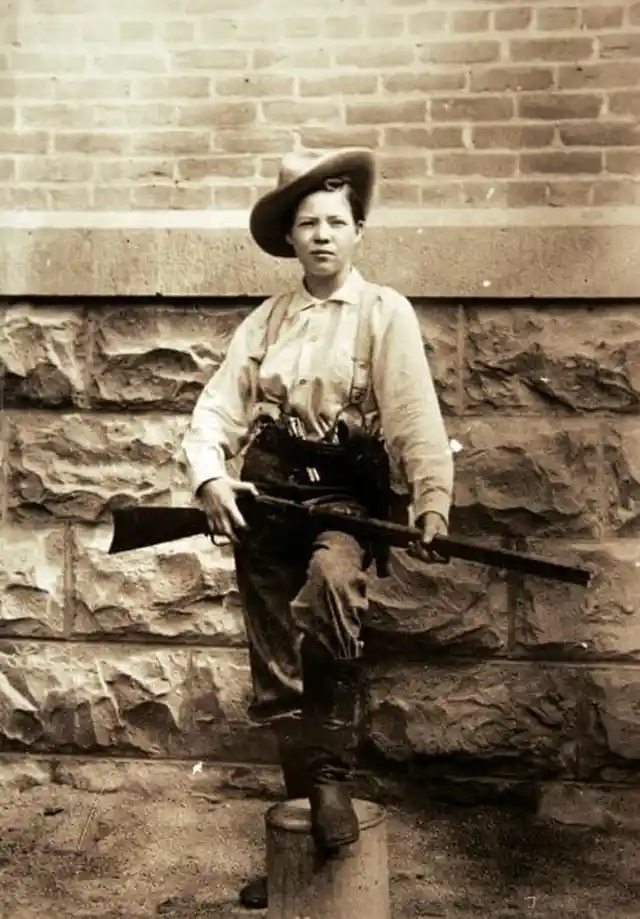
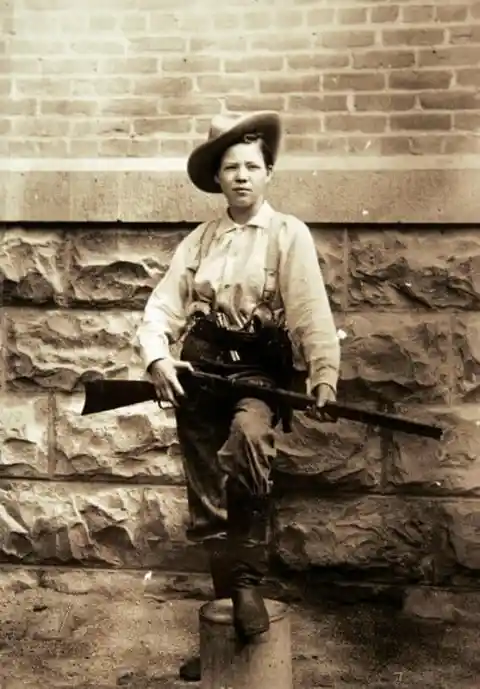
She cut her hair short, dressed in men’s clothing, and was eventually sentenced to five years in prison, but pardoned after three years.
Traveling across the wild west was very dangerous.
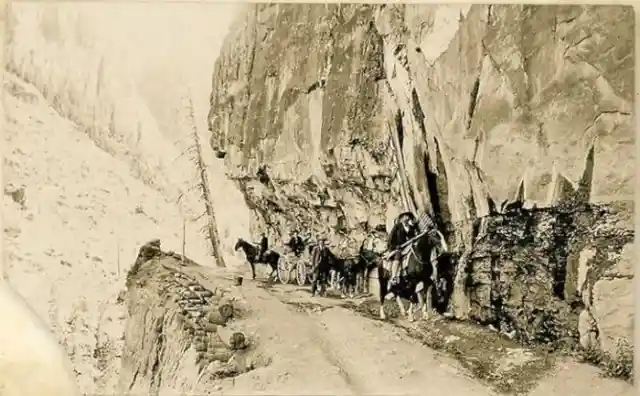
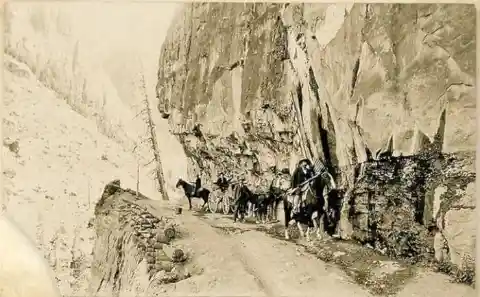
Many rich travelers had to hire armed men to protect them on dangerous routes.
One of the most successful cavalry regiments on the Confederate side of the Civil War was Terry’s Texas Rangers.
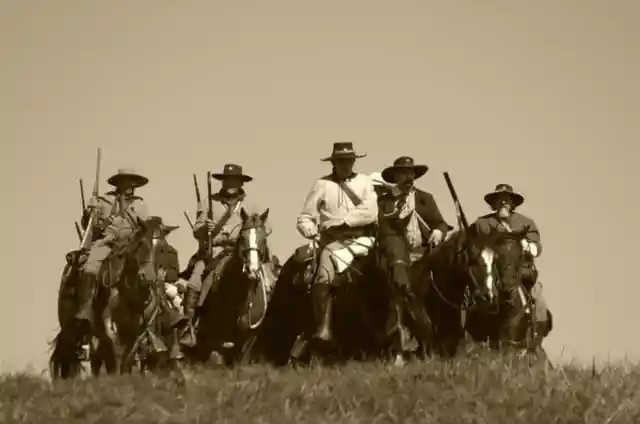
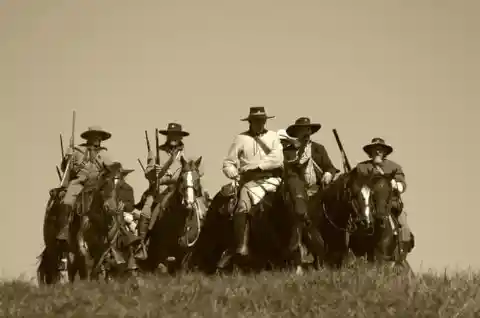
The regiment was formed in 1861 and was involved in at least 275 engagements until it was finally dissolved in 1865.
Back in the 19th century, people moved around, just not as frequently as they do today.
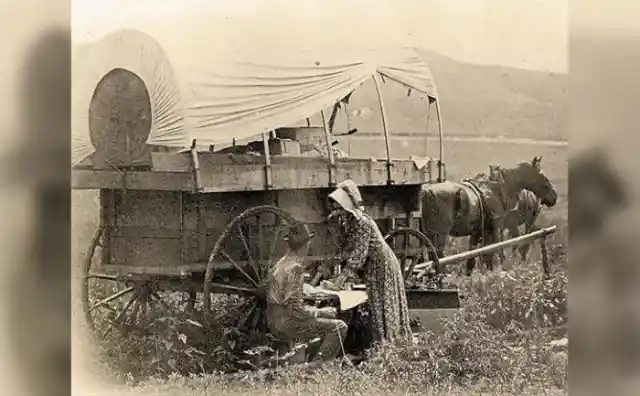
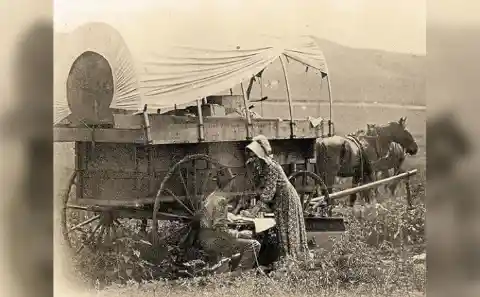
Here is a couple taking a break in Kansas as they head west to start a new life.
This picture depicts a true cowboy, Charlie Nebo, along with Nicholas Janis.
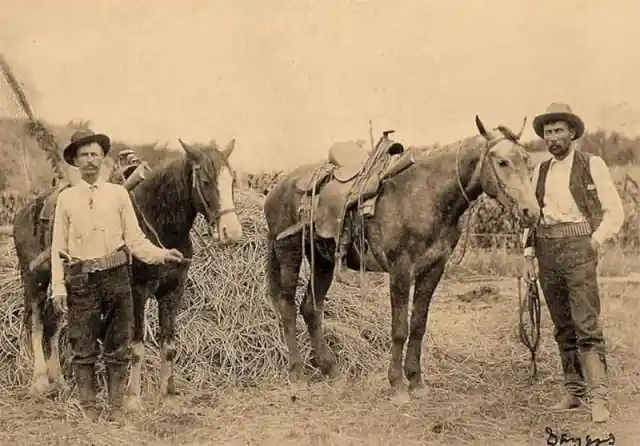
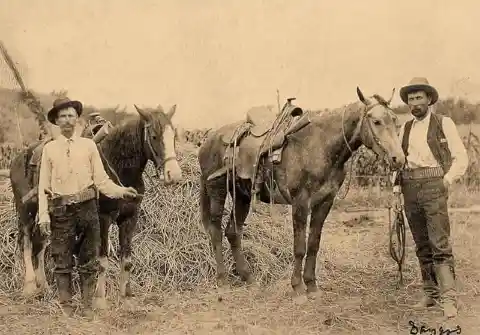
Charlie never tried to inflate his achievements and was happy to live like a true frontier man.
Buffalo Bill, whose real name was William Cody, started a very popular “Wild West” show in 1883 that lasted for several decades. The show toured around the U.S.
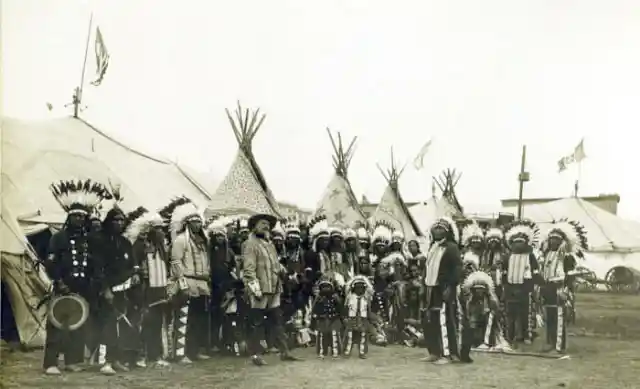
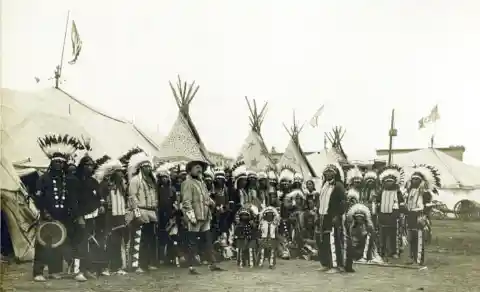
and had many acts, including gun fight re-enactments.
Santiago ‘Jimmy’ McKinn was a 12-year old, who lived with his family in the lower Mimbres Valley in New Mexico.
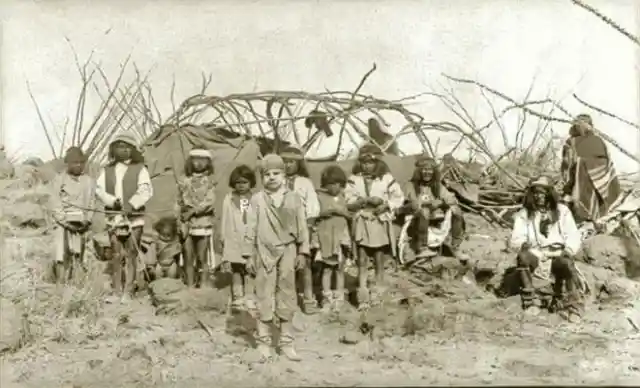
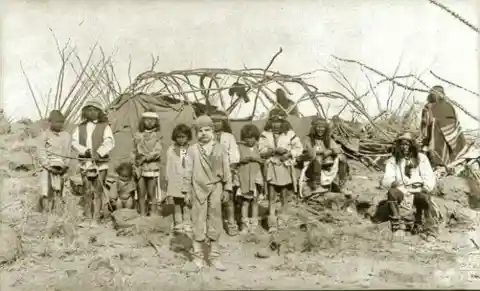
One day, while out with his older brother Martin, a group of Chiricahua Apache led by Geronimo approached the two and then quickly killed Martin and abducted young Santiago.
Apparently, fashion wasn't the biggest area of focus during the wild west days. These women took part in the popular job of gold mining.
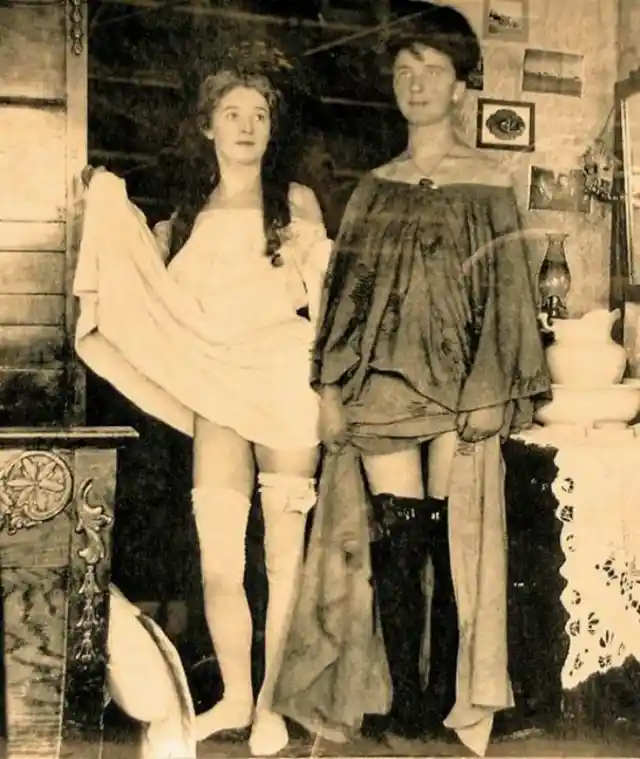
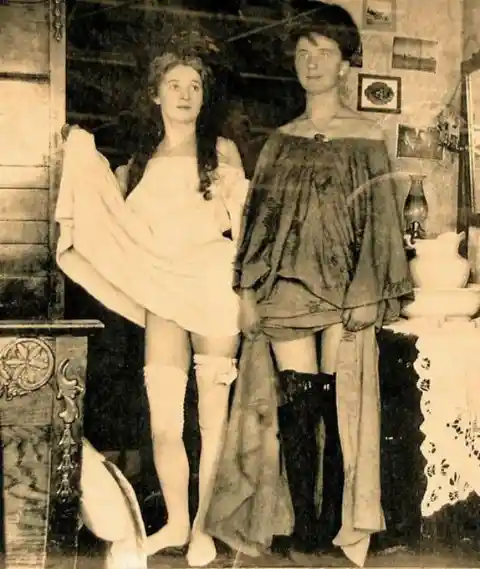
Many people started moving out to the west with the dream of striking it rich digging for gold.
This photo depicts the different personalities of these "Wild West Outlaws." While some were cold blooded killers, others seemed to have a sense of humor.
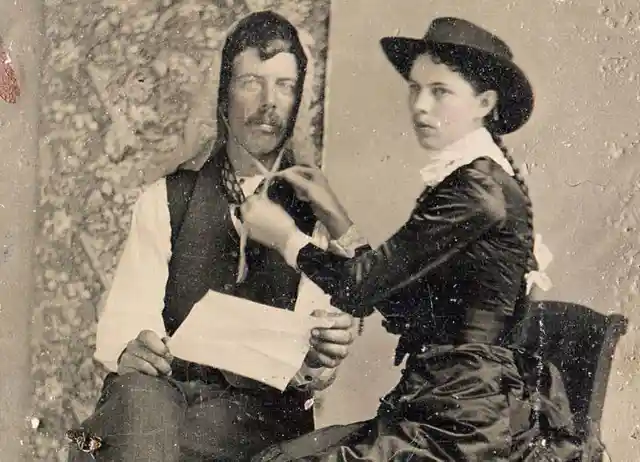
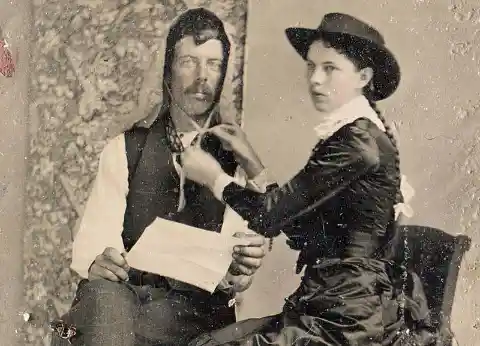
As if swapping hats is going to disguise one another.
This female outlaw was a Wild West legend. She made quite the statement after she married Cherokee Sam Star and got involved with horse stealing and bootlegging.
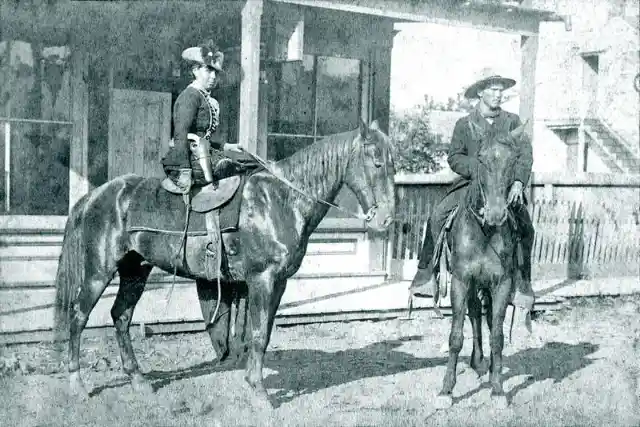
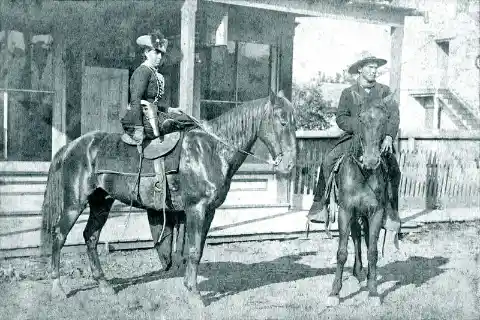
She was caught for horse stealing and was put behind bars in 1883. Like most of these outlaws, she was killed in 1899, just 9 years after tying the knot her partner in crime.
Spotted Elk was a chief of the Lakota Sioux tribe who was well respected amongst his tribe for being a skillful diplomat. He was also a man of peace, who settled many massive wars.
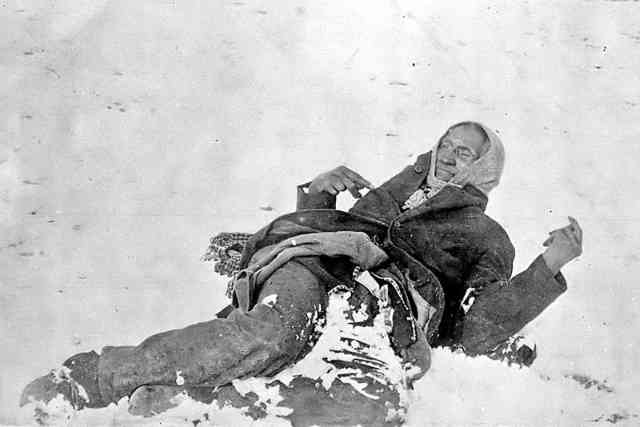
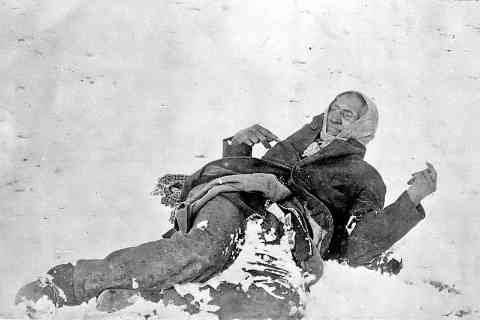
Unfortunately for Big Foot, his last day was spent serving his people at the Wounded Knee Massacre in 1890 where he was killed along with 152 other innocent people, including women and children.
Maiman was a Mojave Native American who worked as a guide and interpreter in Colorado during the 1870s. Maiman acted as a guide for photographer Timothy O’Sullivan.
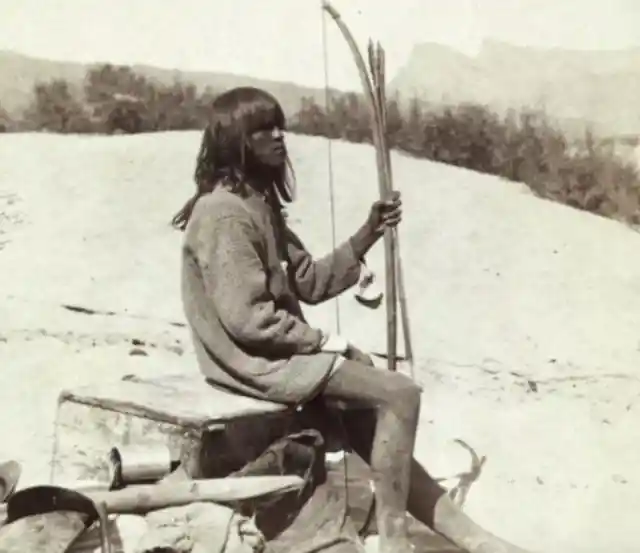
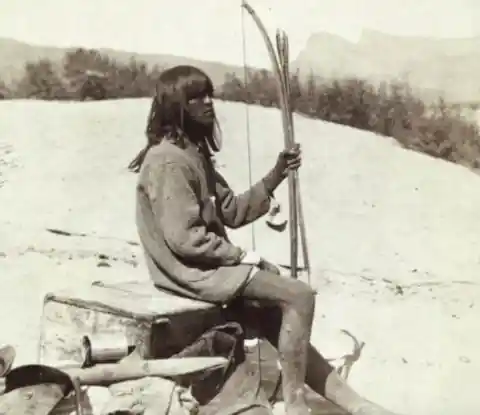
With his knowledge of the land, he showed O'Sullivan the best locations to take his photographs.
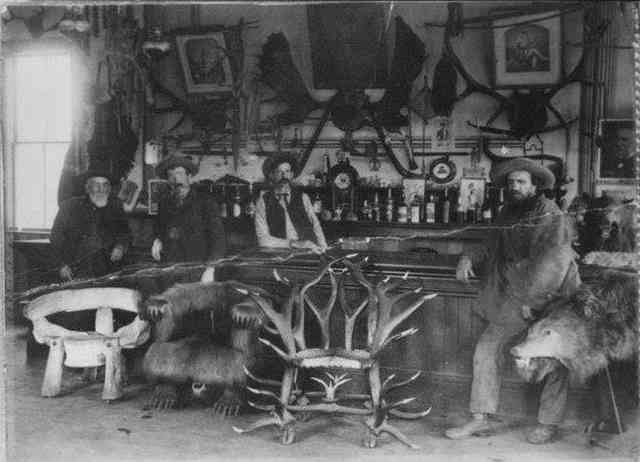
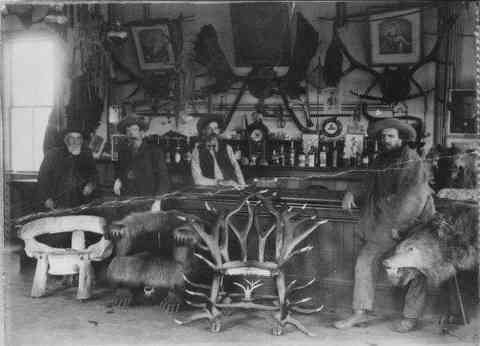
Inside a bar at the Table Bluff Hotel and Saloon in Humboldt County, California, 1889.
This image shows 19th-century businessmen riding to Death Valley in search of the mineral borax.
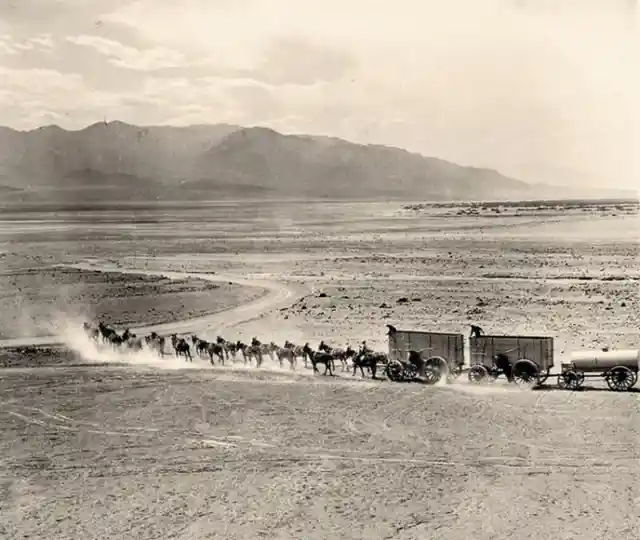
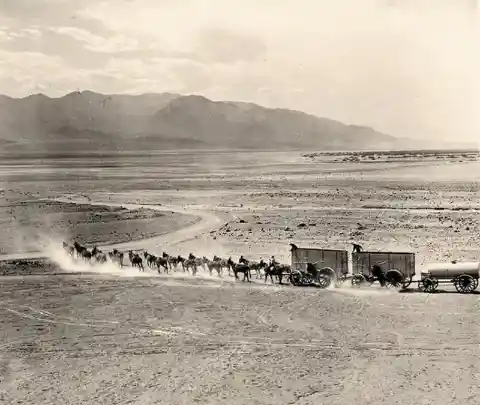
Death Valley in California is one of the hottest places on Earth, at a record-breaking 134 degrees Fahrenheit.
This is the ghost town of Eureka, Utah.
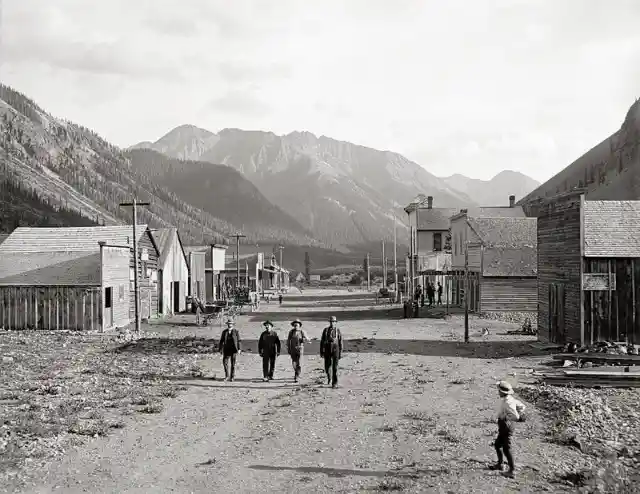
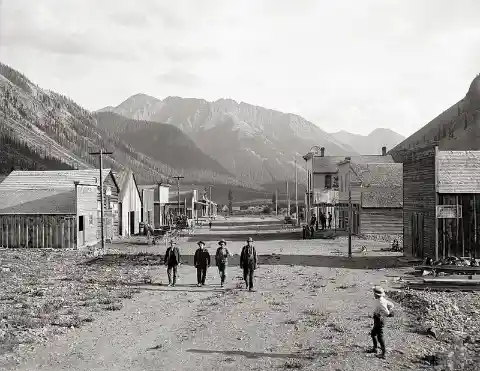
It was founded in 1870 when Silver and other ores were discovered in the area but became a ghost town soon afterward.
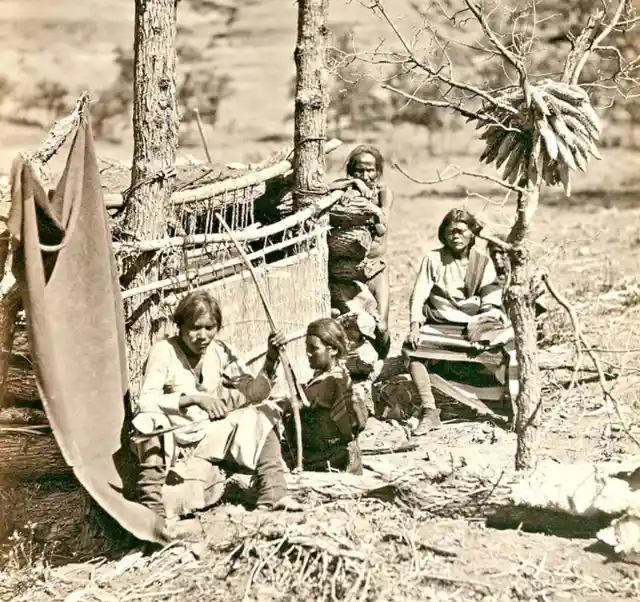
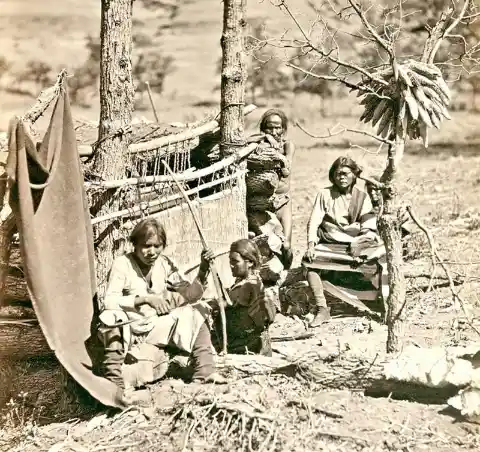
Taken in 1873 near Fort Defiance, New Mexico, these Navajo people were some of the many who were dispossessed of their homeland during the treacherous “Long Walk.”
Cameras were an extremely new invention for the Old West, which only made documenting the period more difficult. Timothy H.
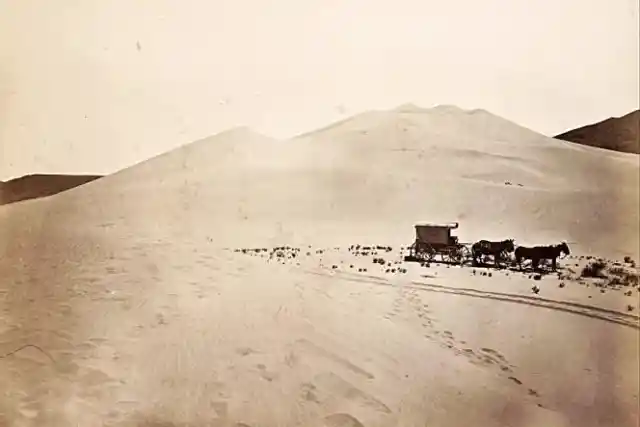
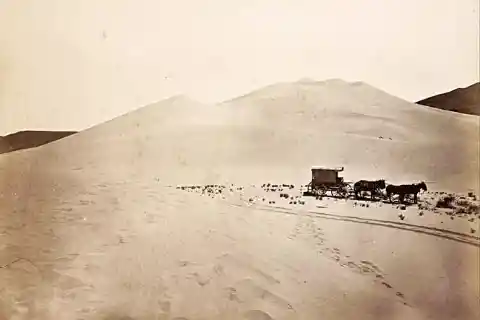
O’Sullivan, one of the era’s most important photographers, traveled around with a mobile darkroom, carried here by four mules through the Carson Sink in Nevada.
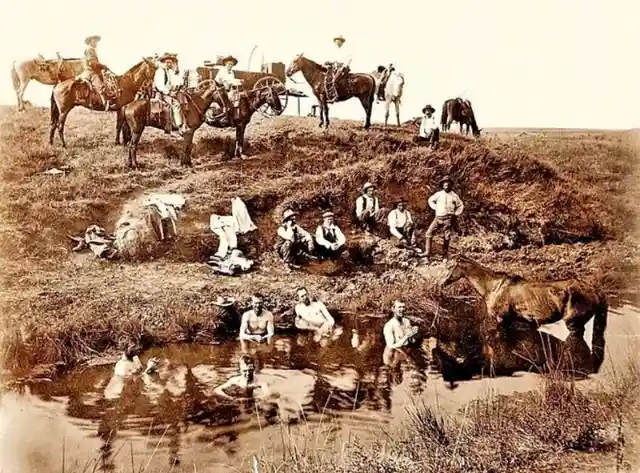
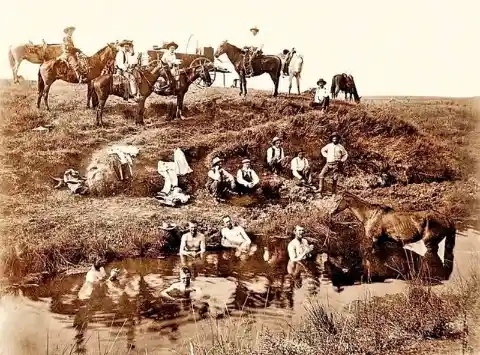
It was actually quite difficult for cowboys to get a chance to bathe, given the circumstances of their lifestyles on long cattle drives -- which could last up to three months!
A little girl feeds the chickens in Sun River, Montana, 1910.
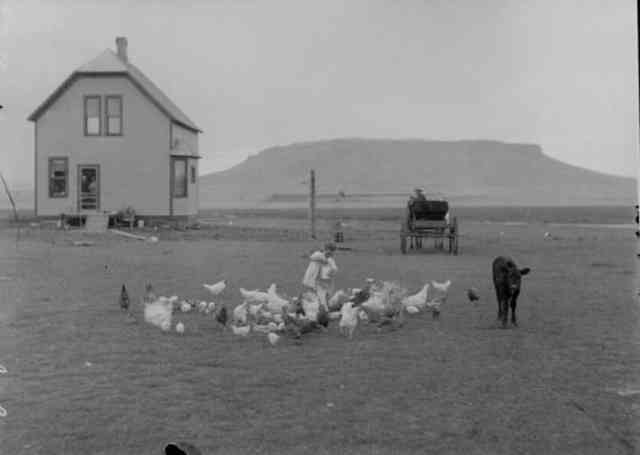
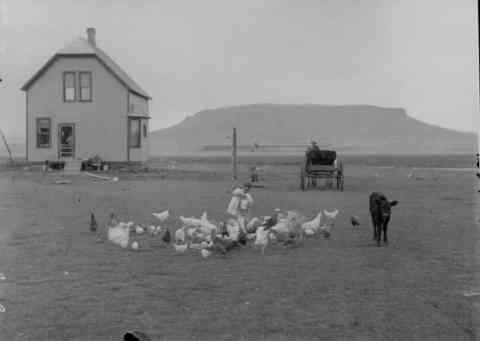
The image eerily captures an overwhelming sense of isolation.
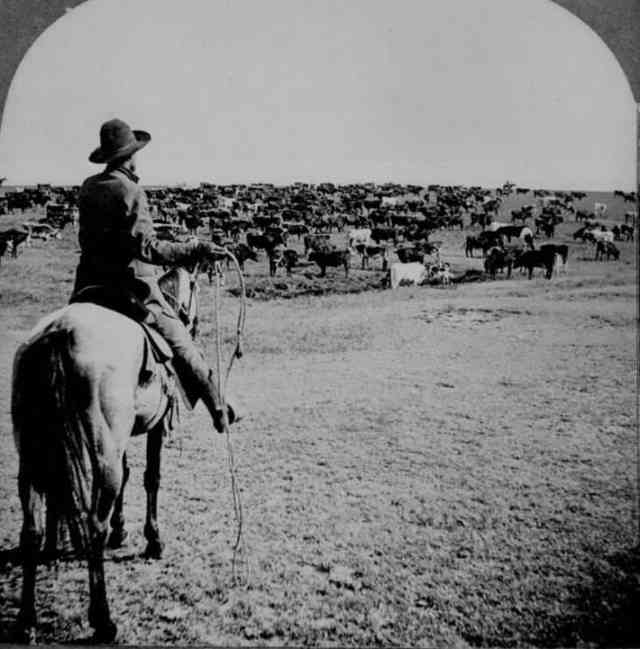
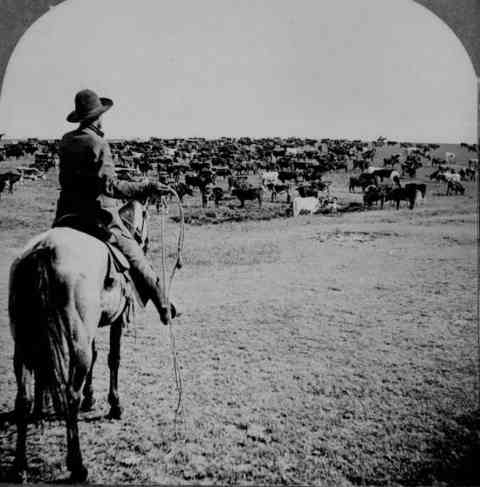
Captured in Genesee, Kansas, 1902, a real cowboy herding cows, with his lasso at the ready.
Sand storms were common in Texas. Here, an enormous cloud looms over the town.
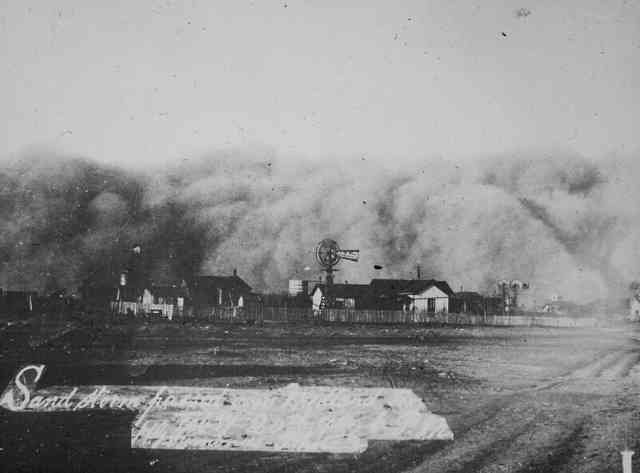
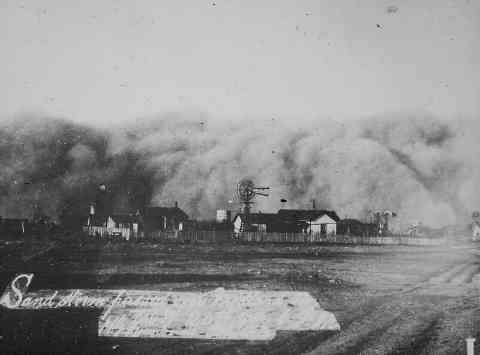
The image was captured in Midland, Texas, 1894.
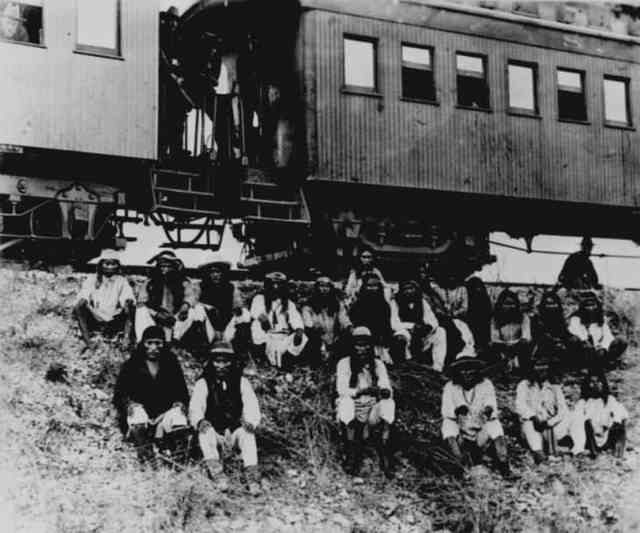
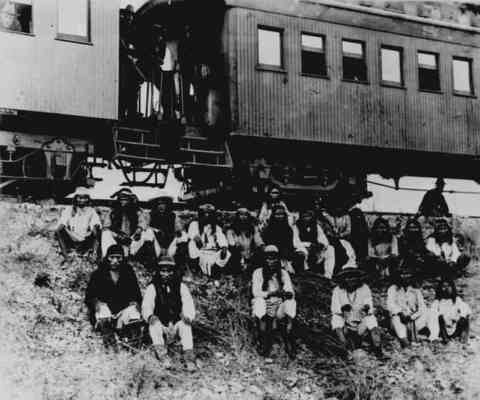
Captured in Nueces River, Texas, 1886, this image shows the Apaches waiting to be sent into exile on the train behind them after their surrender to General Miles.
This picture was taken in San Bernadino, California in 1871, and shows Correspondent Fred W. Loring posing in front of his mule.
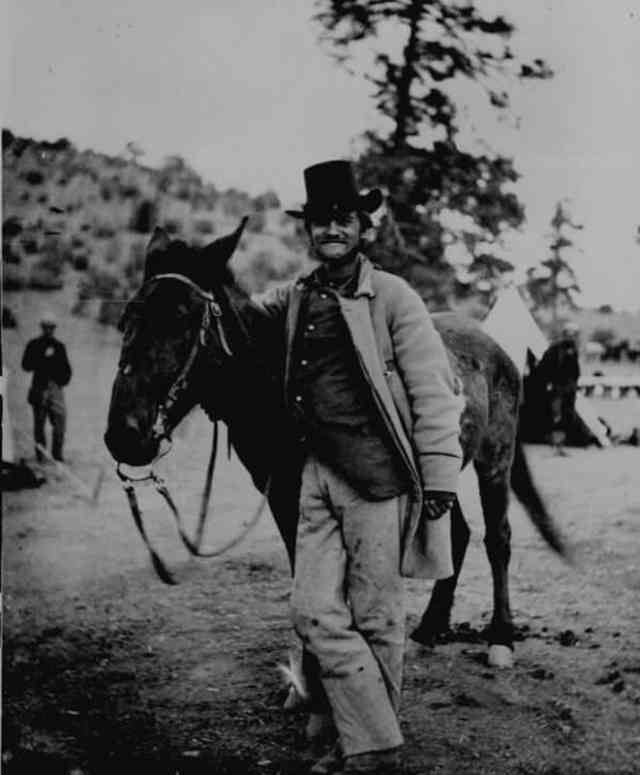
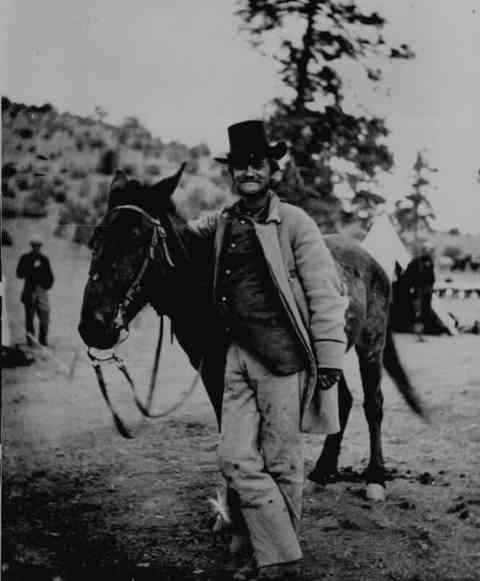
He was killed by Apaches less than 48 hours after.
Gambling was one of the most popular pastimes in the Old Wild West during the 19th century.
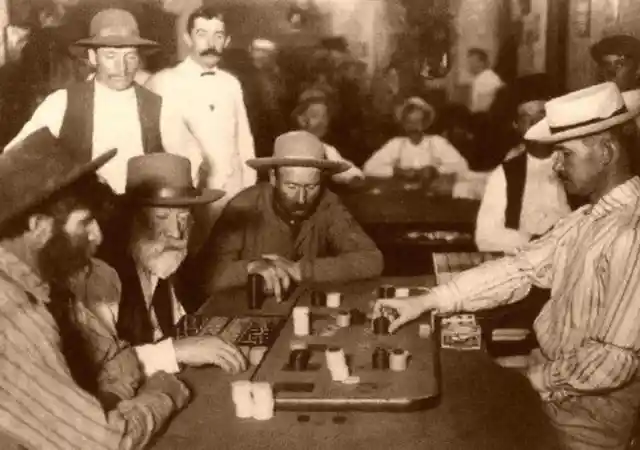
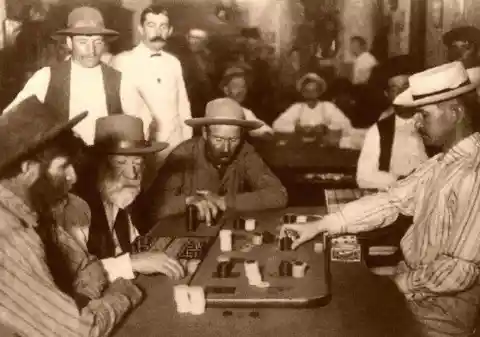
So it's unsurprising that many of the first buildings were gambling halls.
The Sioux Nation is made up of 3 different tribes under the same banner: Eastern Dakota, Western Dakota, and the Lakota tribes. It is one of the largest and most well-known tribes to have lived on the Great Plains.
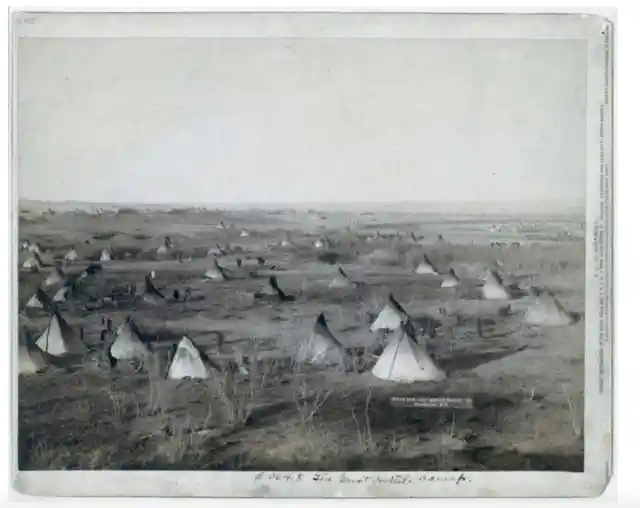
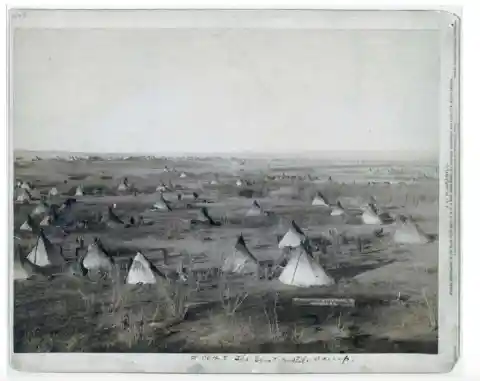
This image captures their teepees dotted against the landscape.
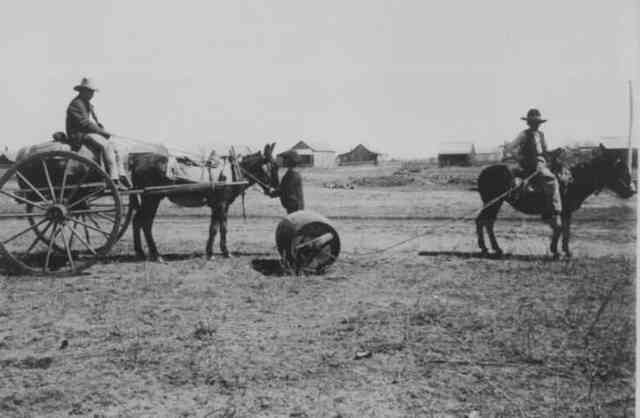
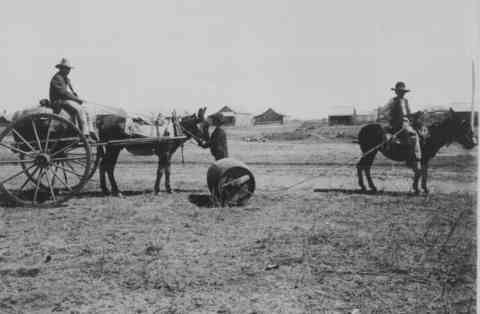
Taken in Encinal, Texas, 1905, this photo depicts men hauling water across the countryside.
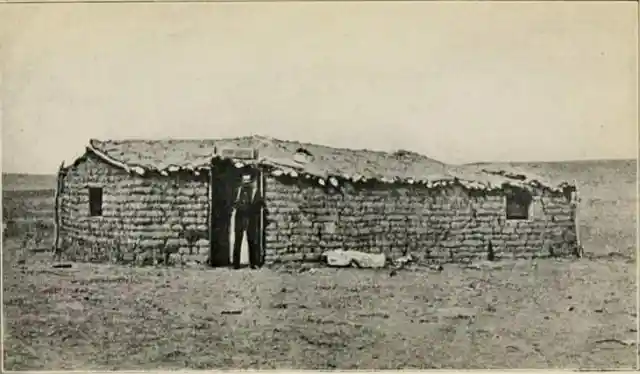
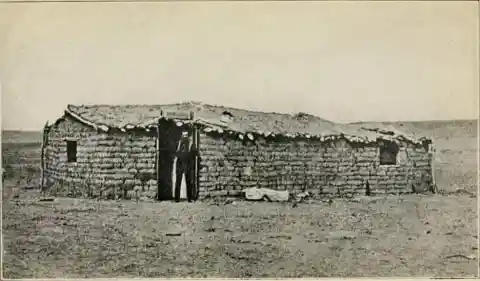
This photograph was taken in Encinal, Texas, 1905, and was the first house built in Dodge City in 1872.
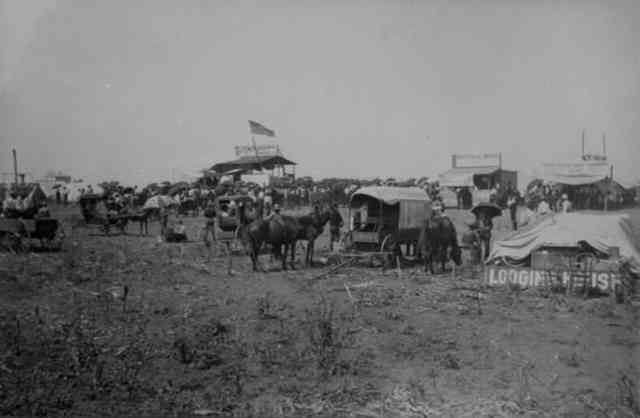
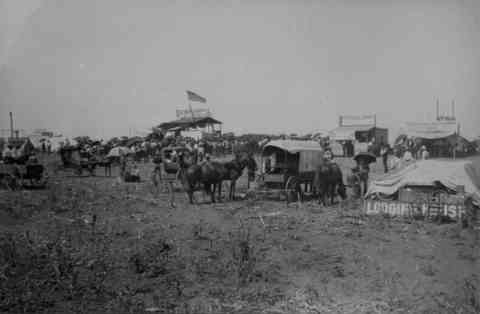
In Anadarko, Oklahoma, 1901, the town starts to grow as the crowd bids on land that is being auctioned off.
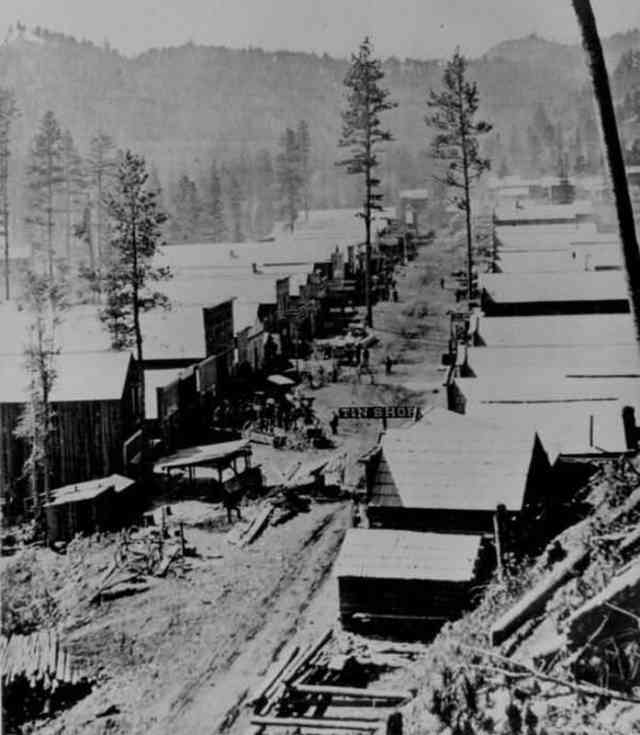
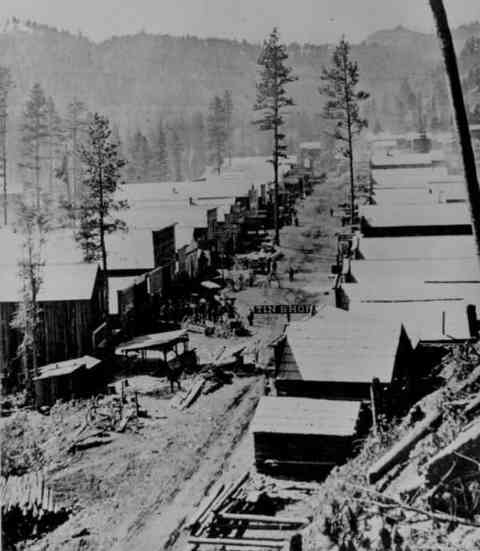
Deadwood Dakota, 1876, an old gold rush town.
Saloons were extremely popular.
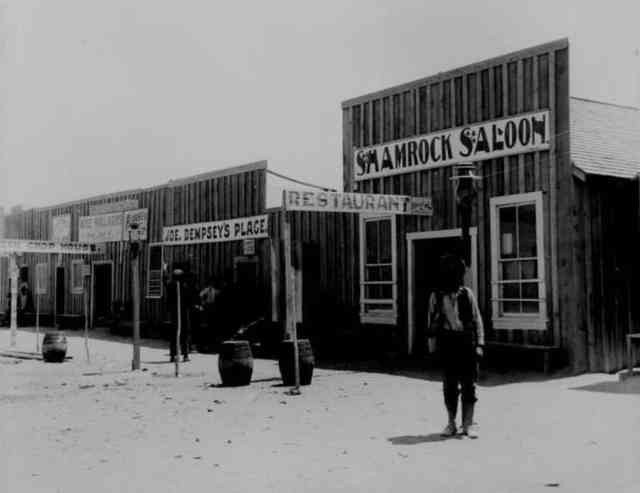
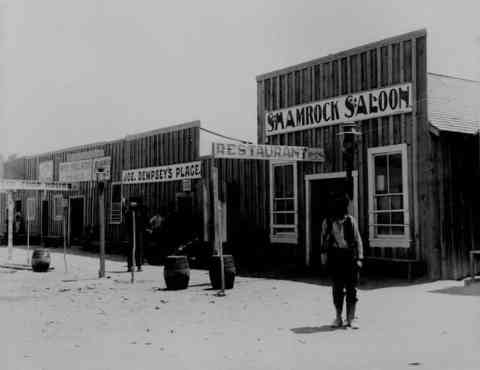
Pictured here is a saloon on the streets of an Old West town in Hazen, Nevada, 1905.
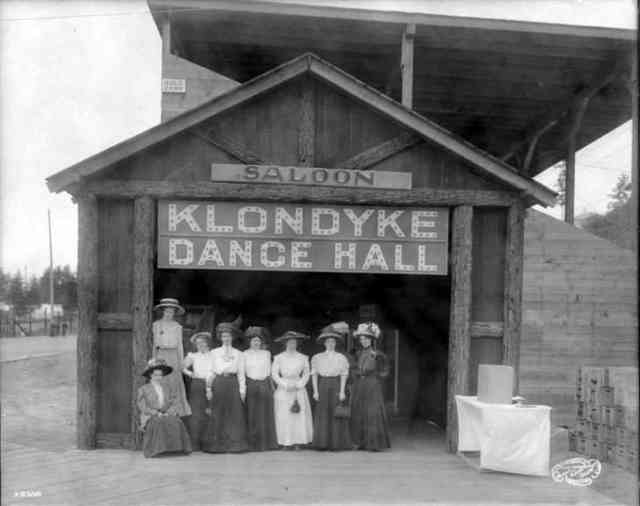
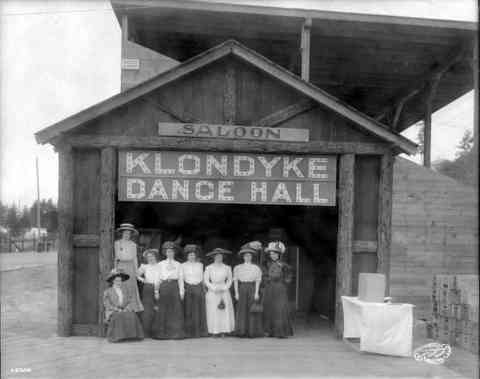
Captured in Seattle, Washington, 1909, woman gather outside the Klondyke Dance Hall and Saloon.